
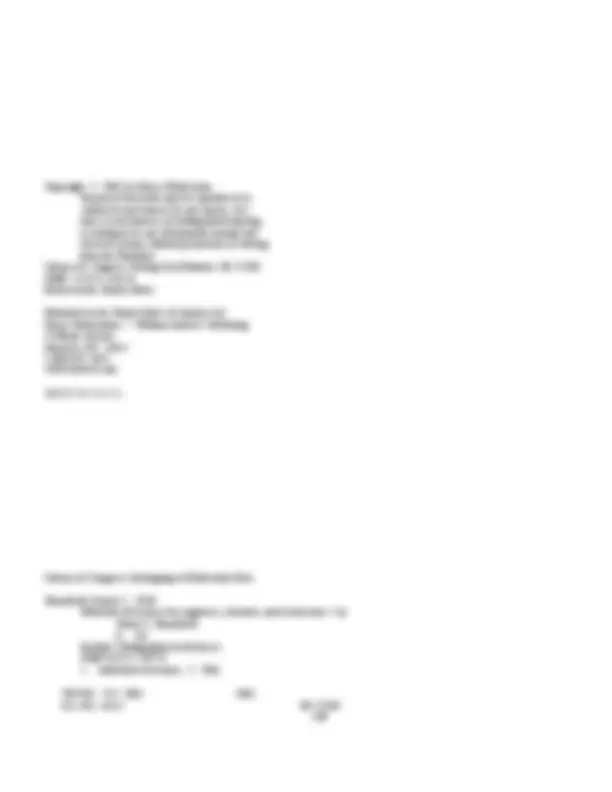
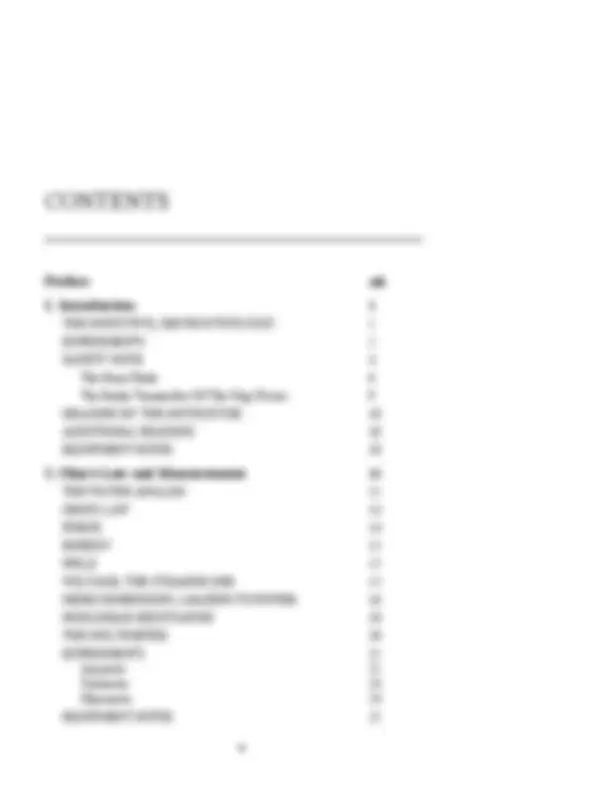
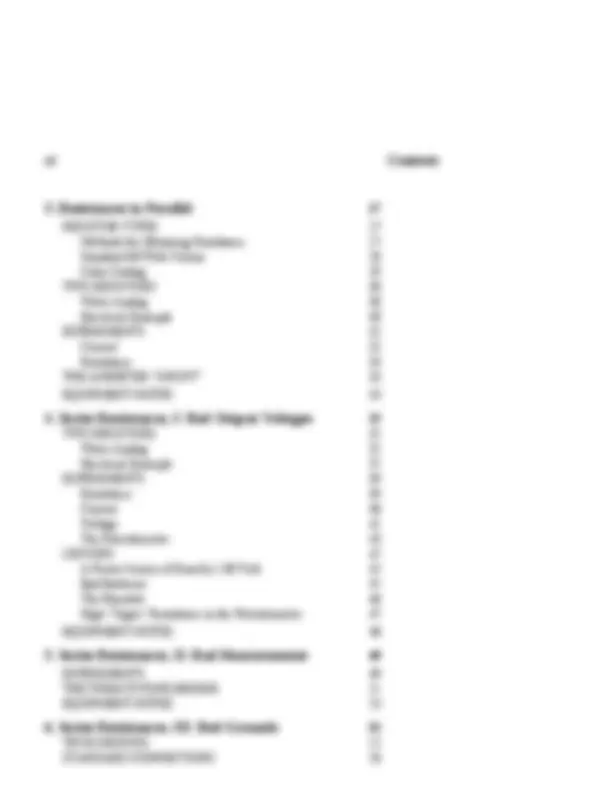
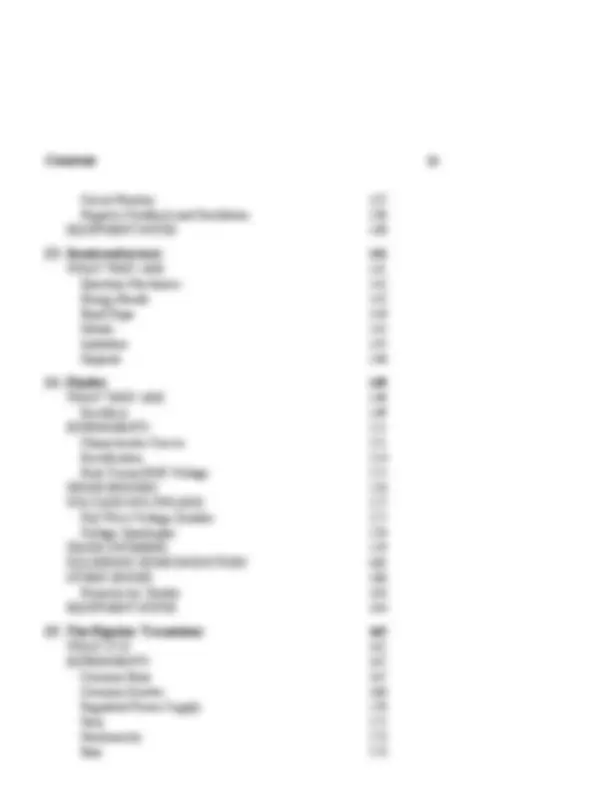
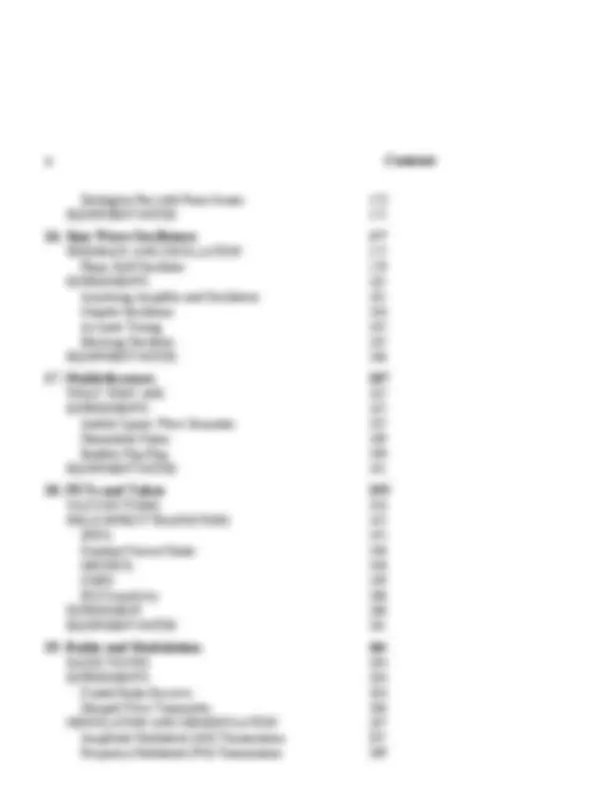
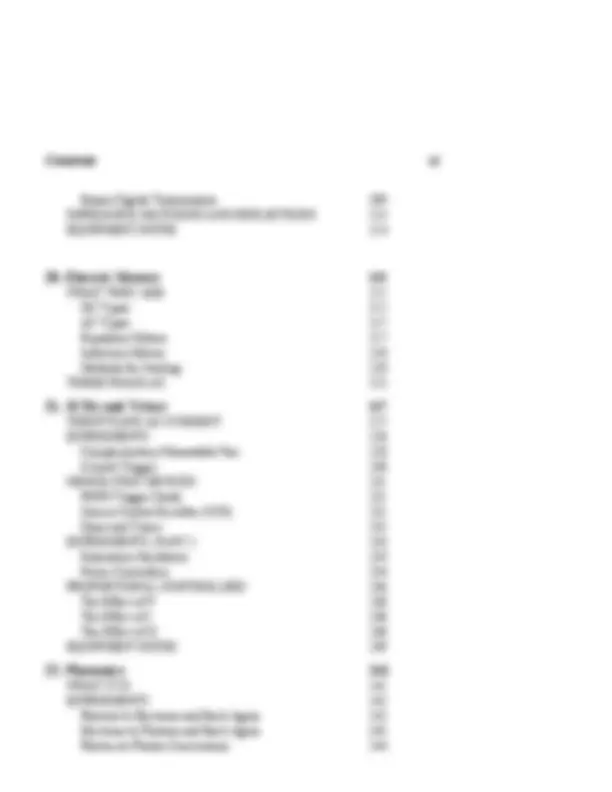
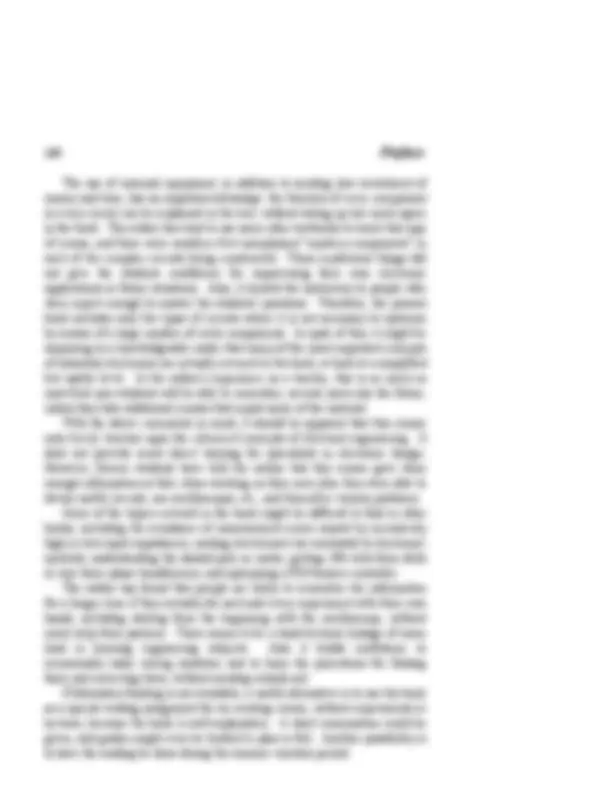
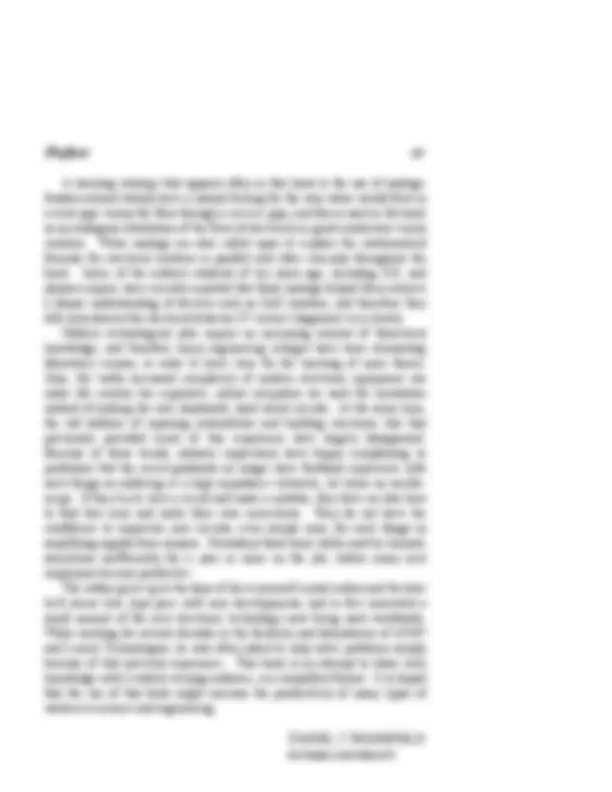
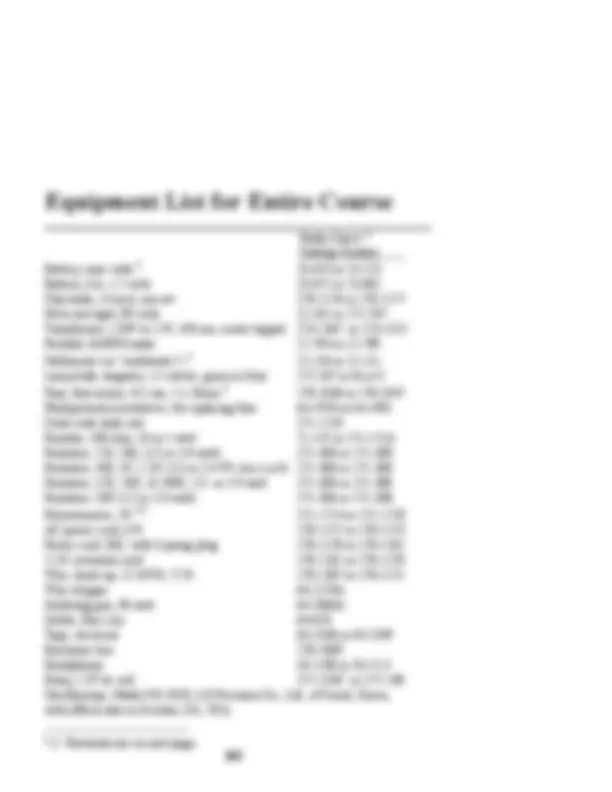
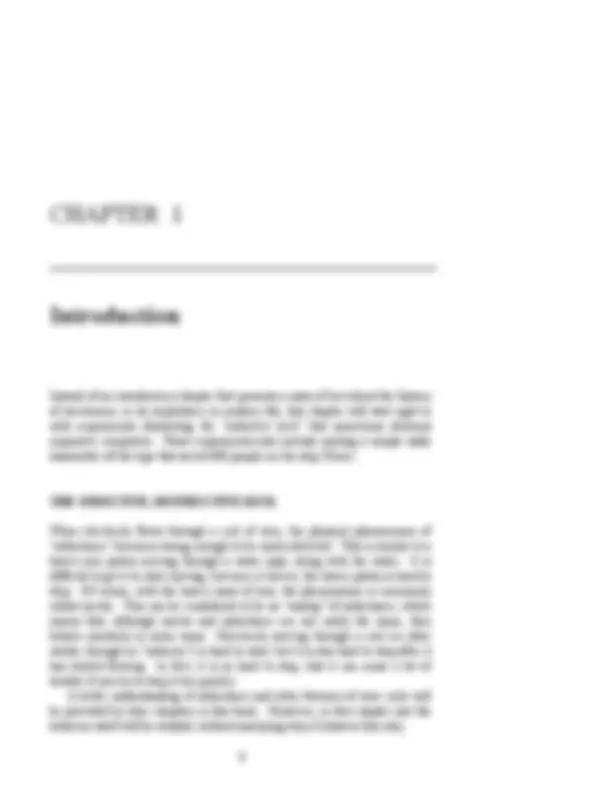
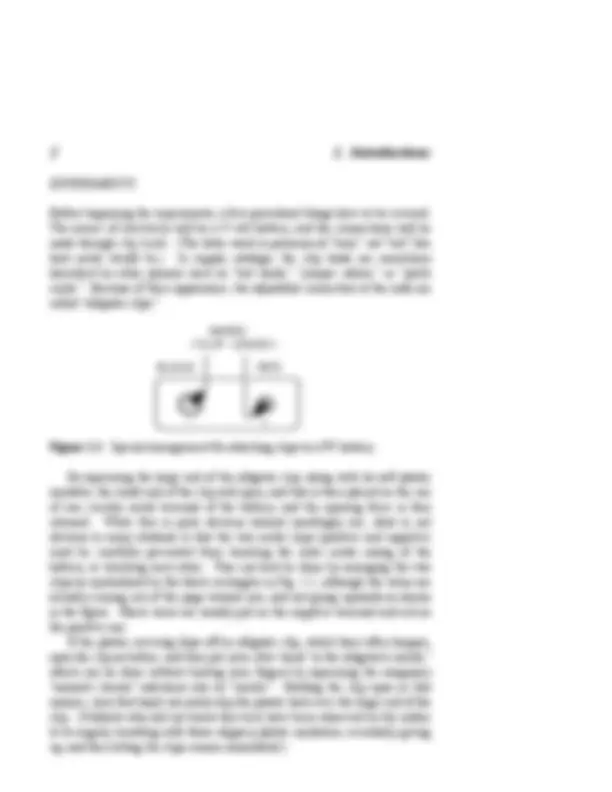
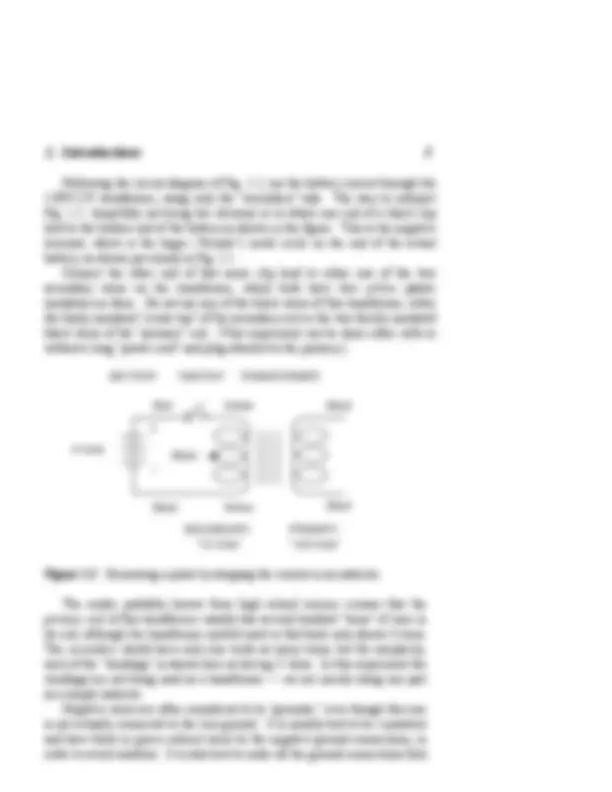
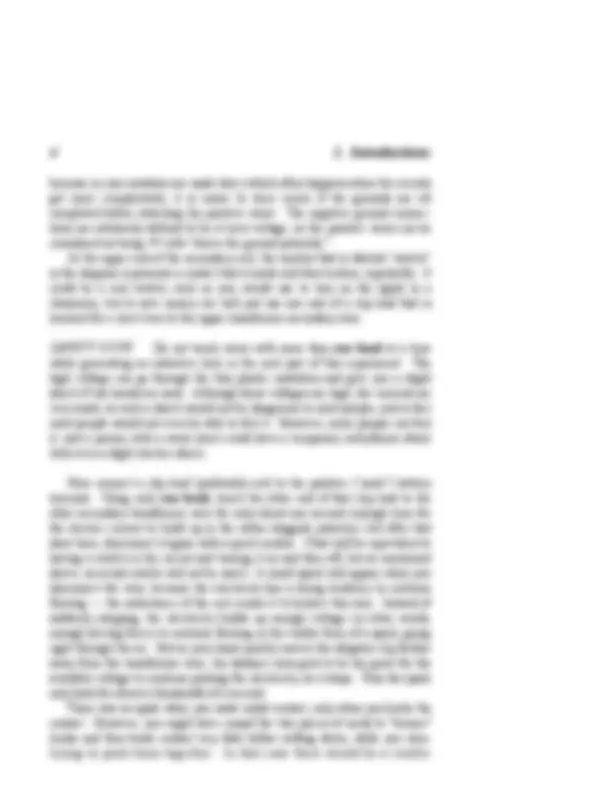
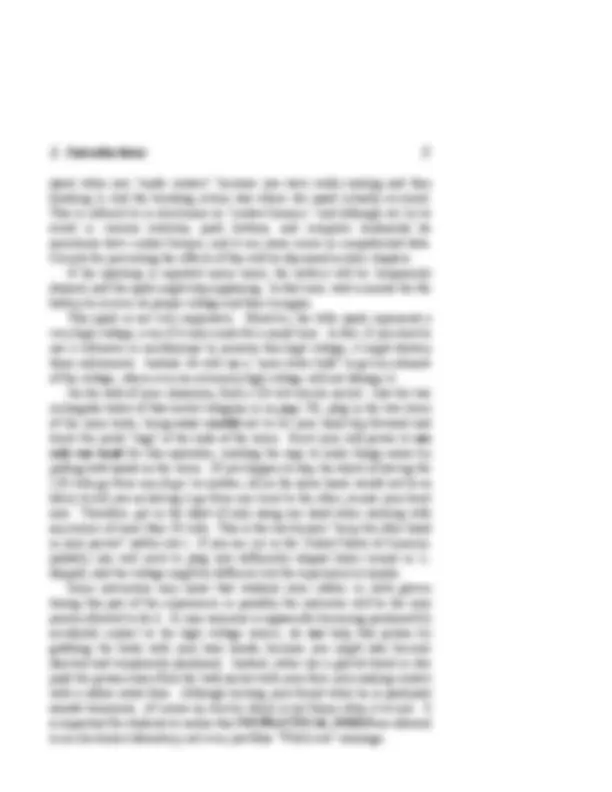
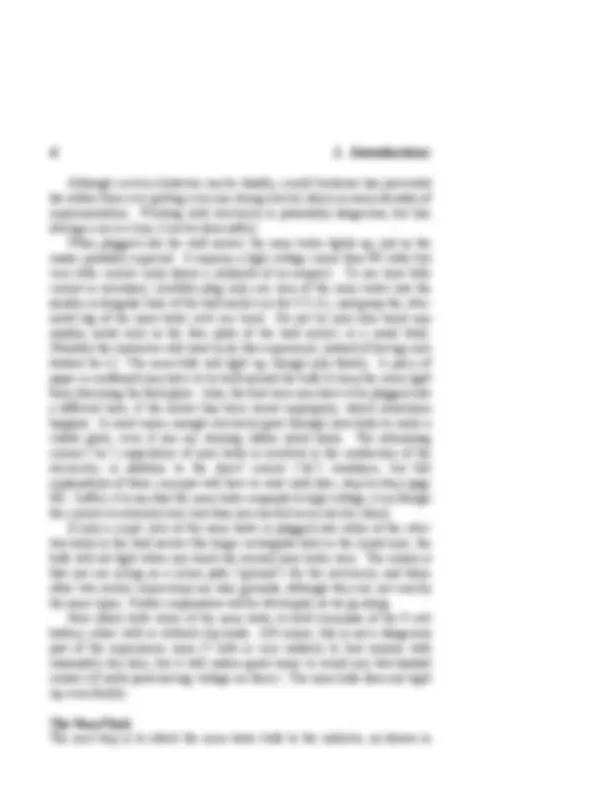
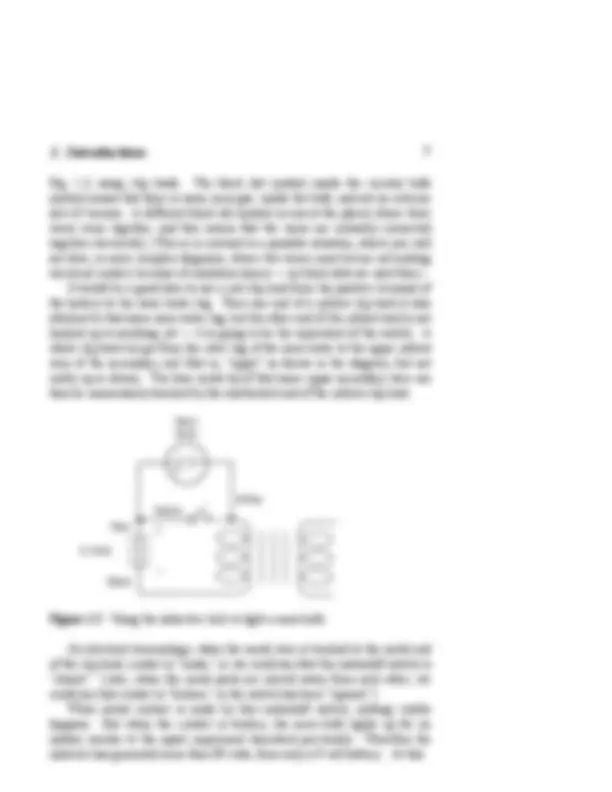
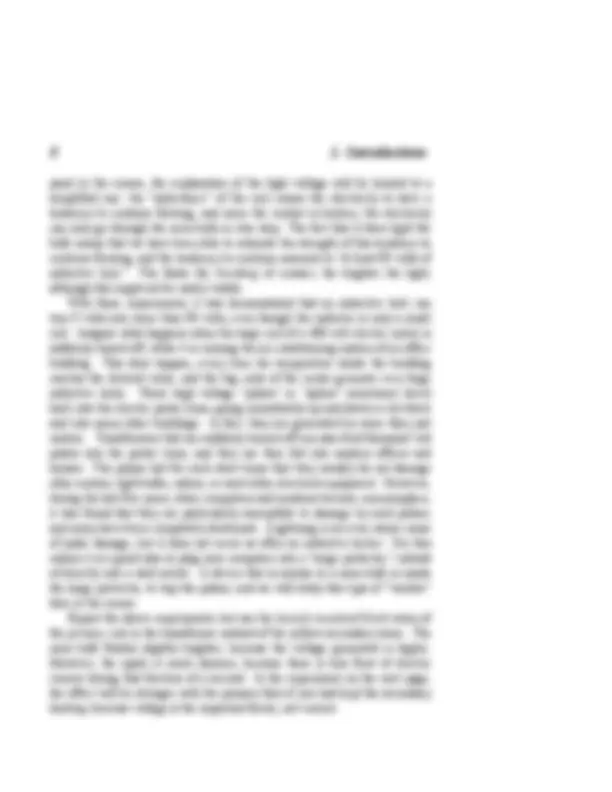
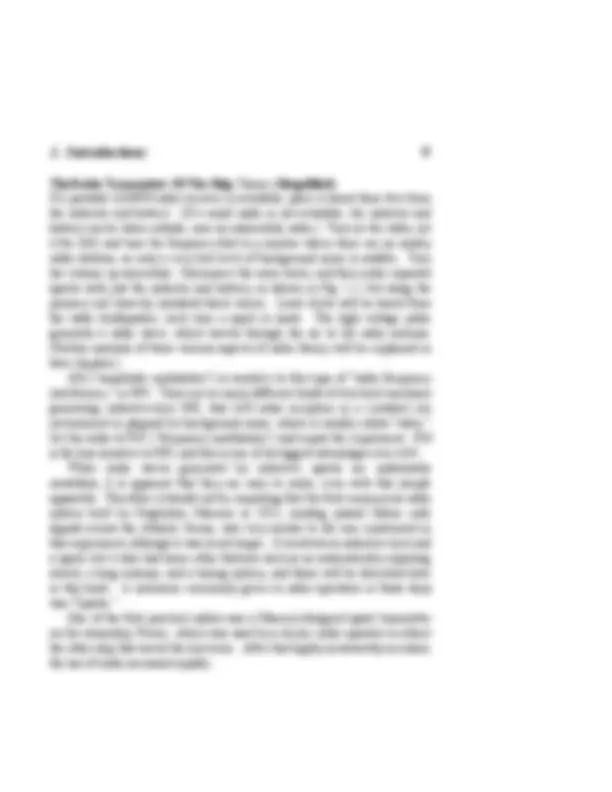
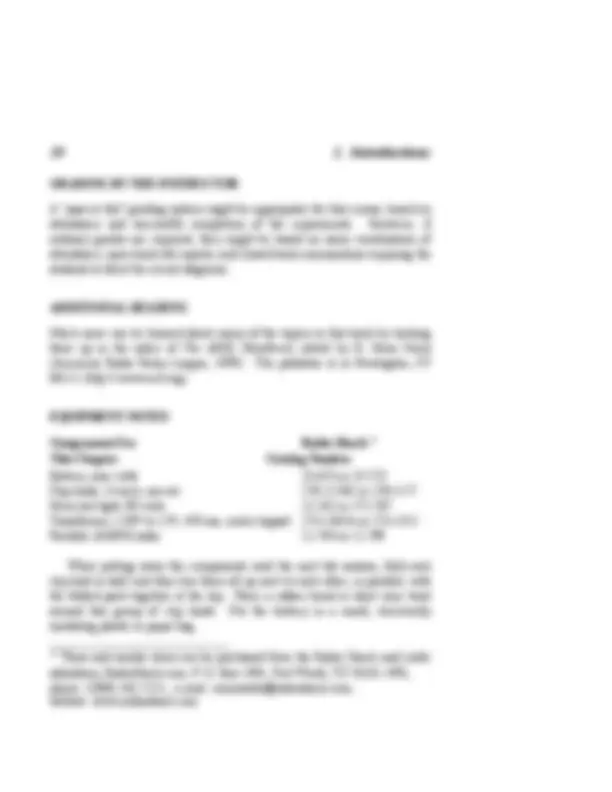
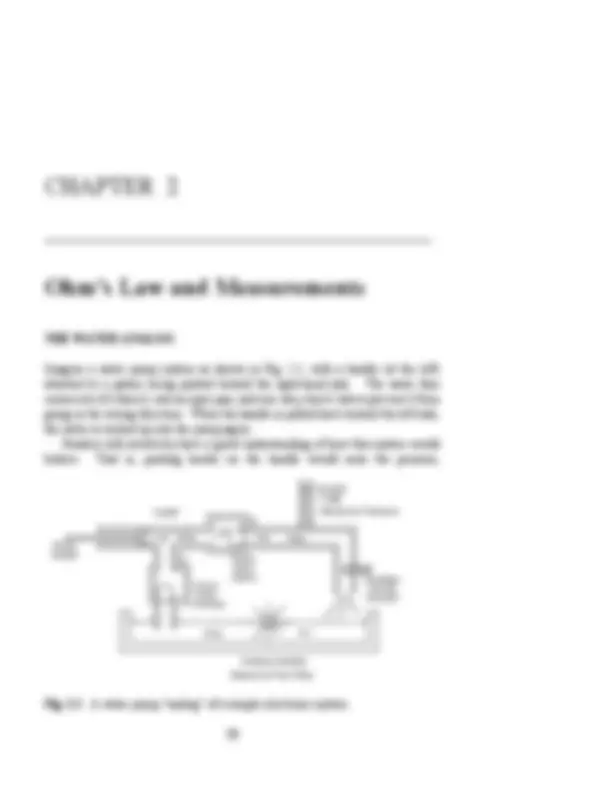

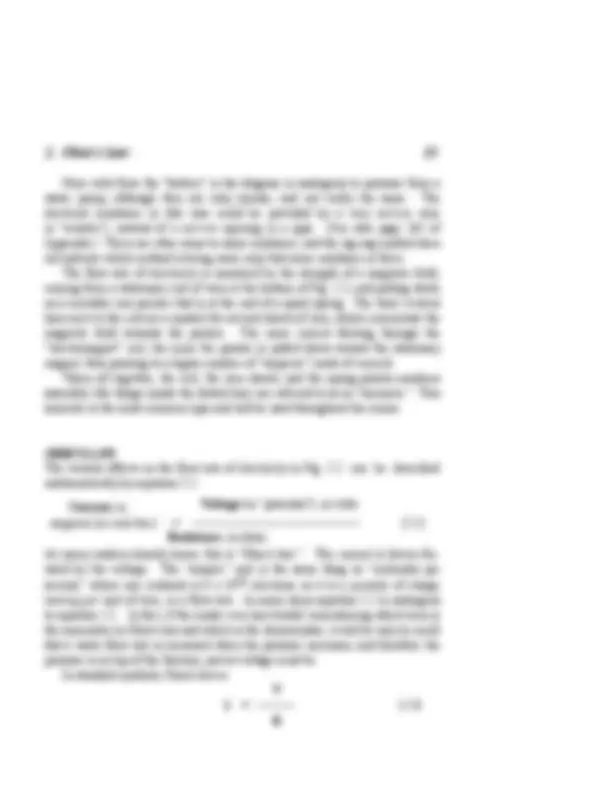
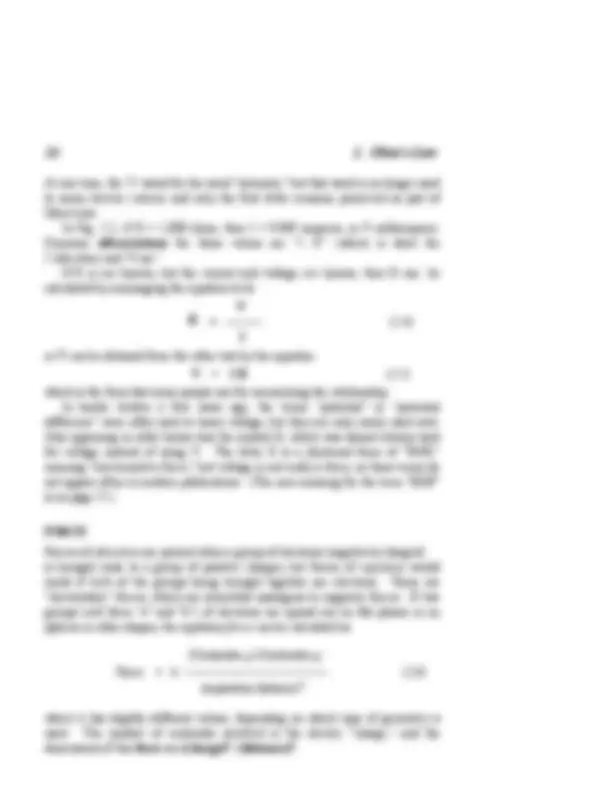
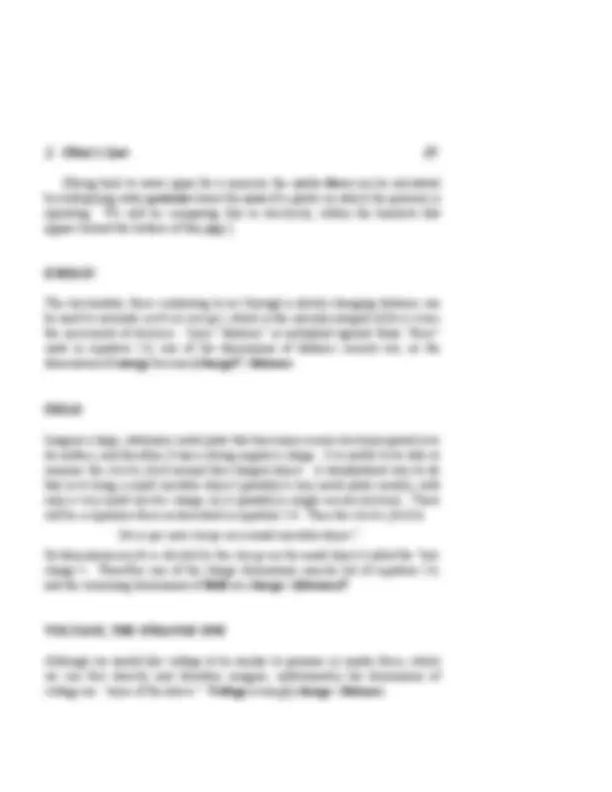
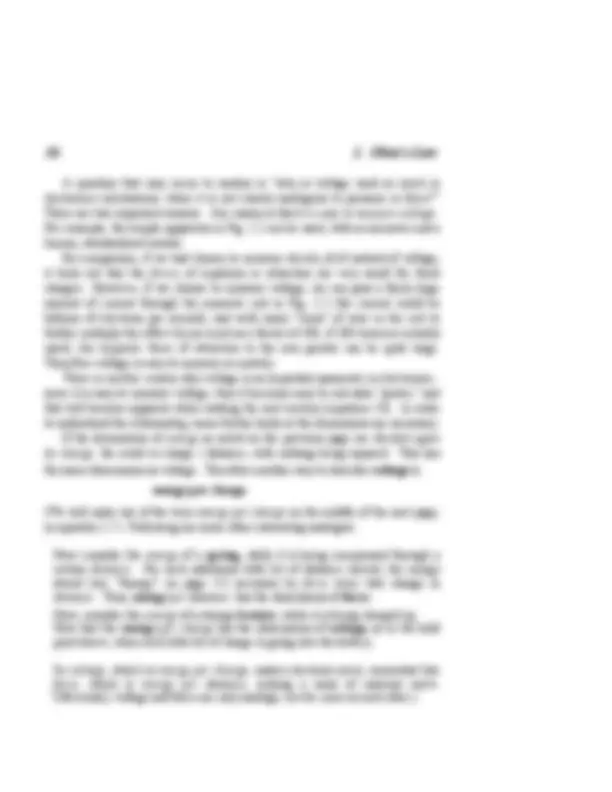

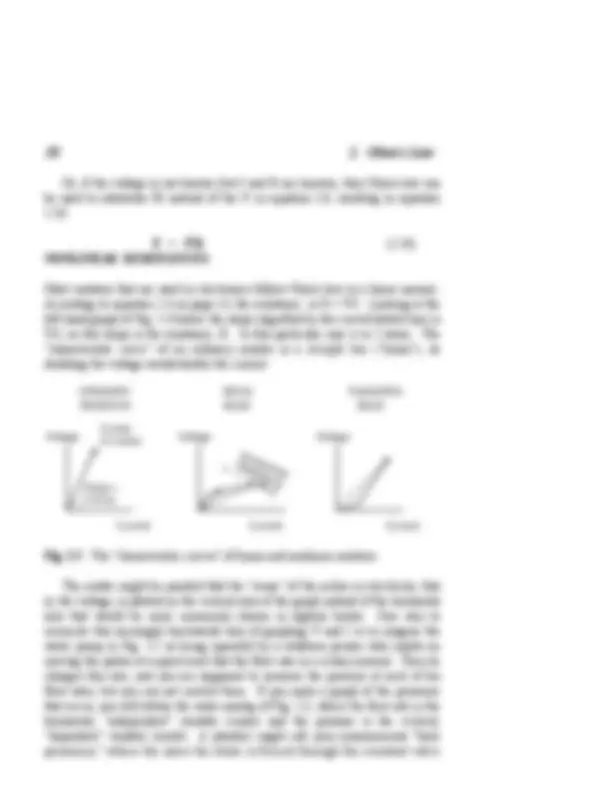
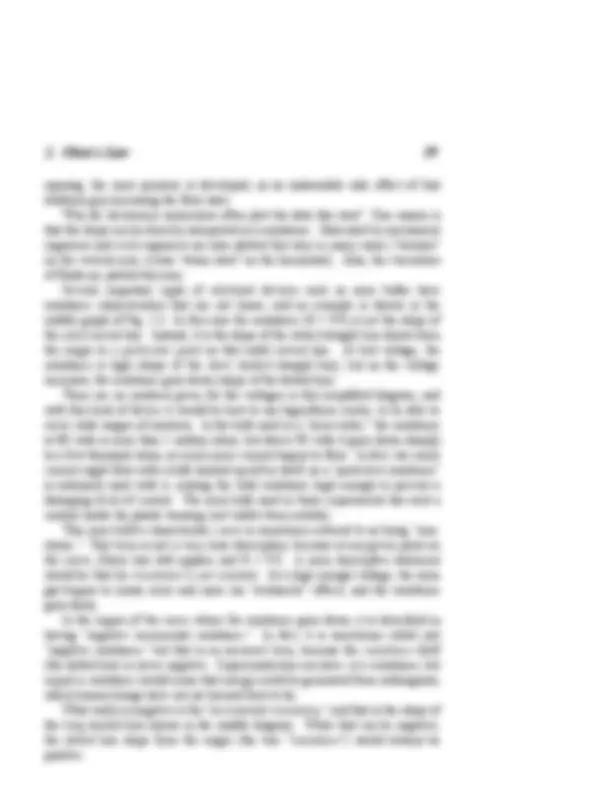
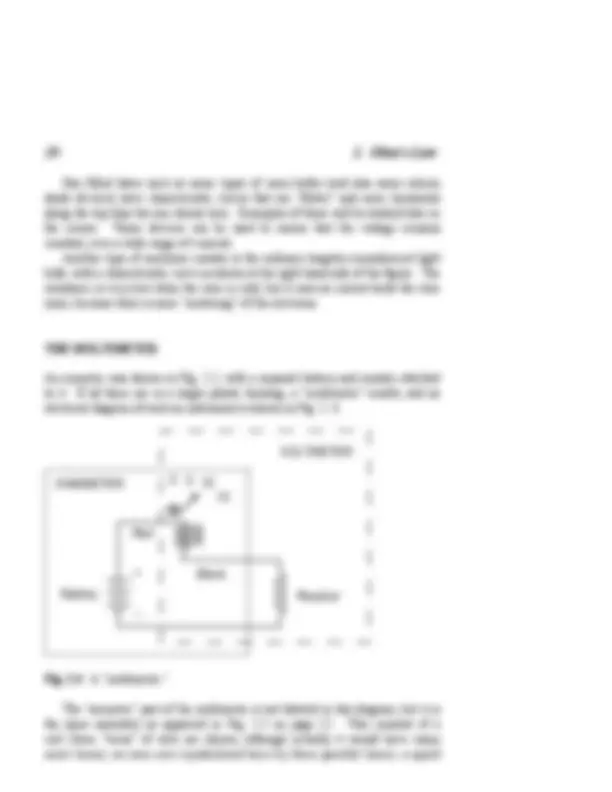
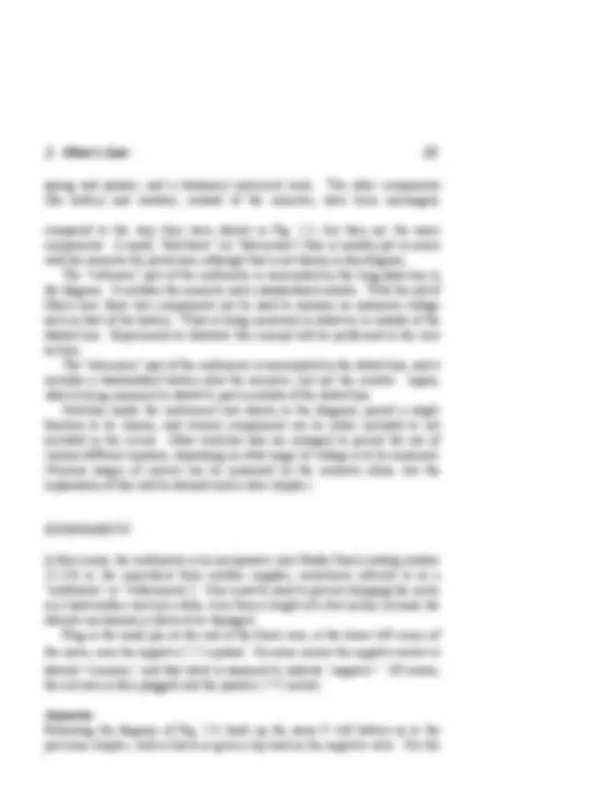
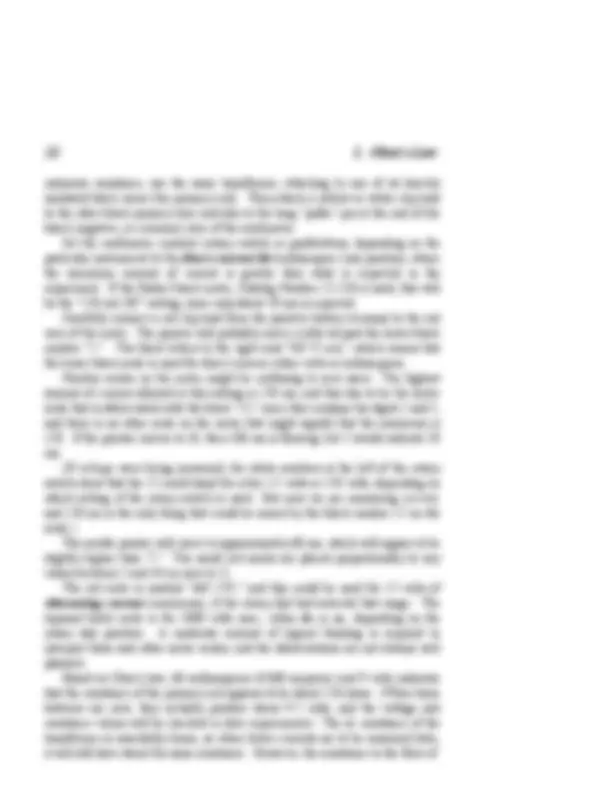
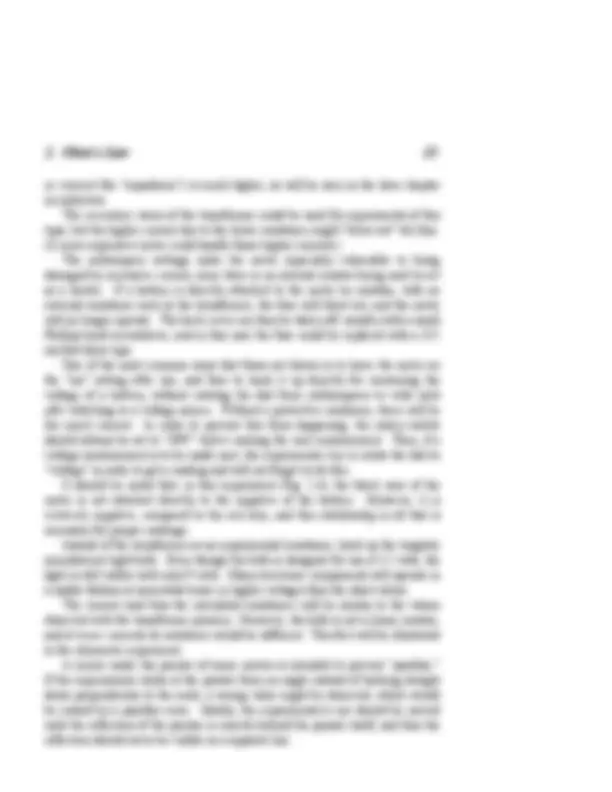
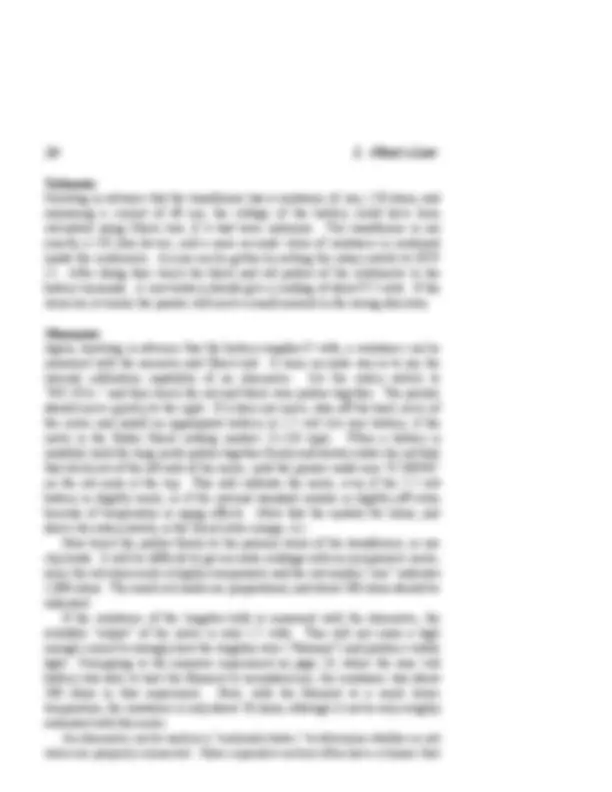
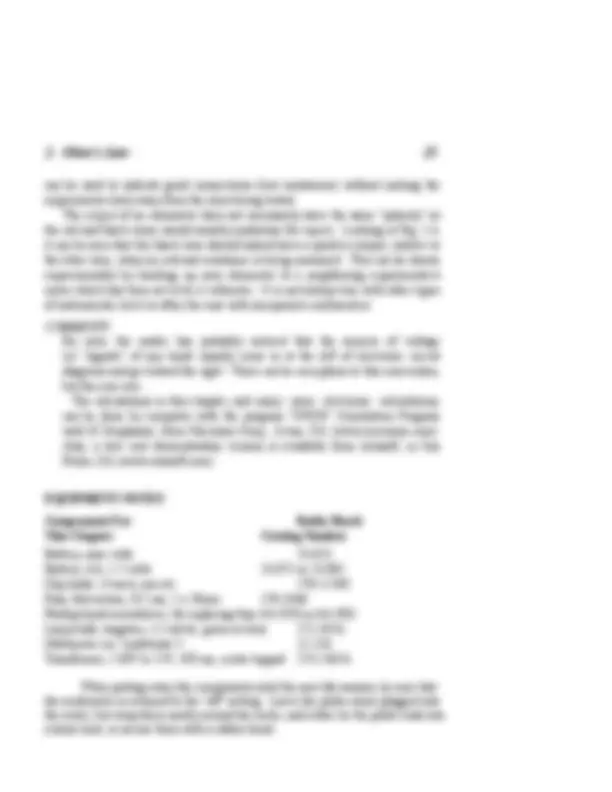
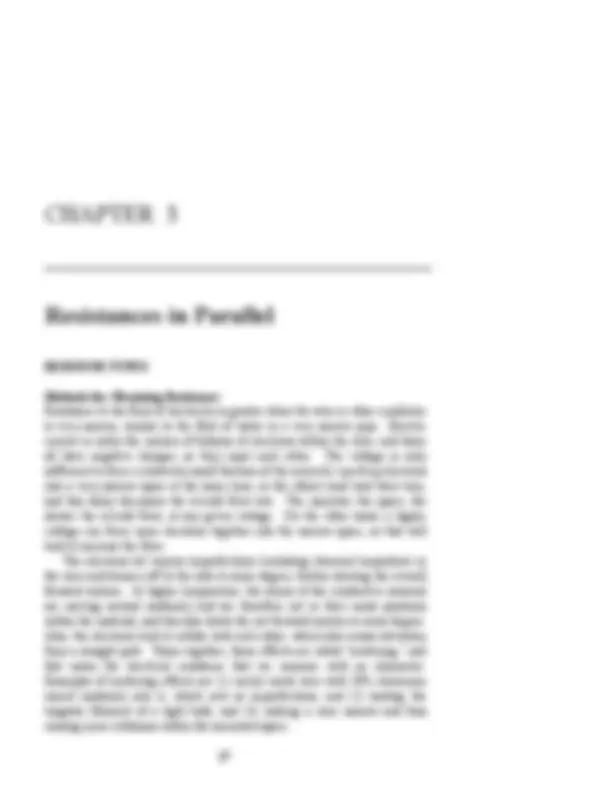
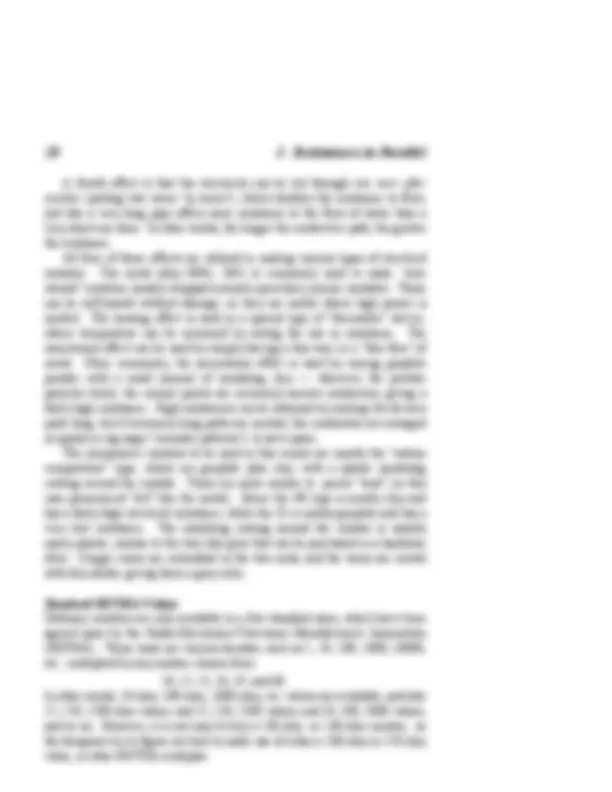
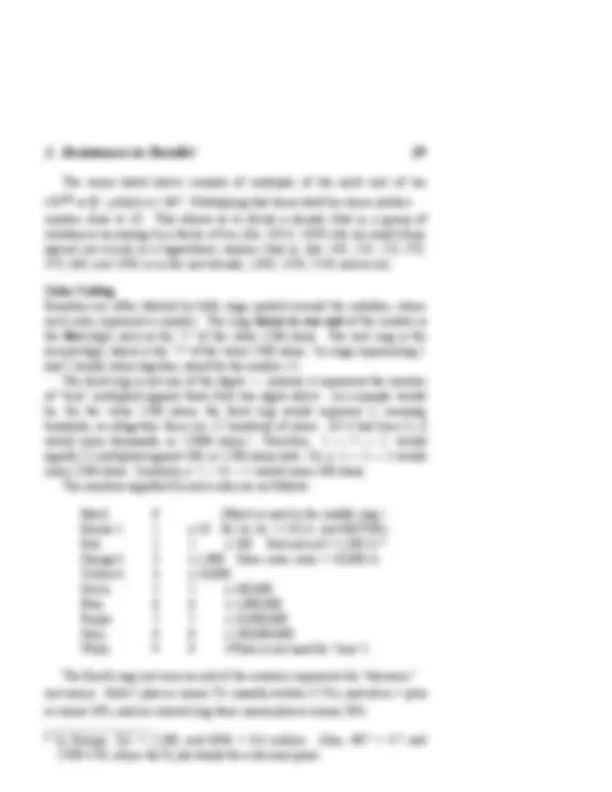
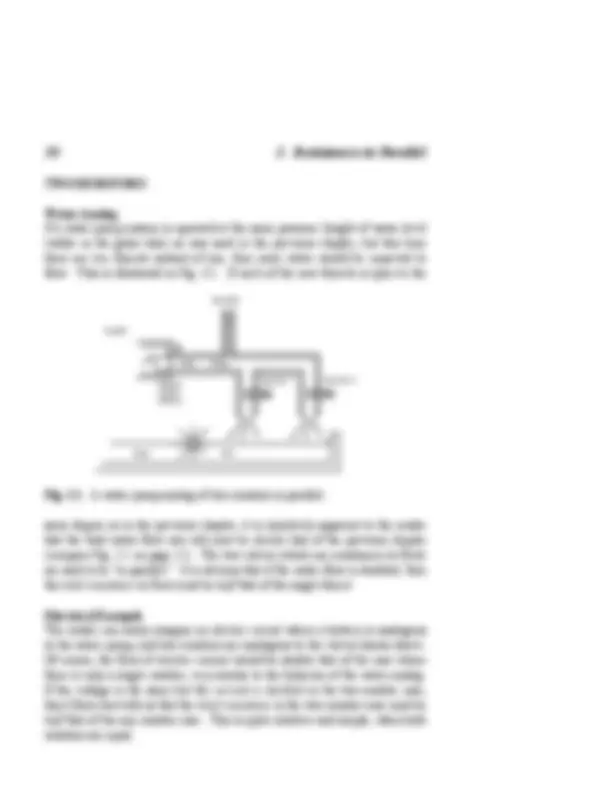
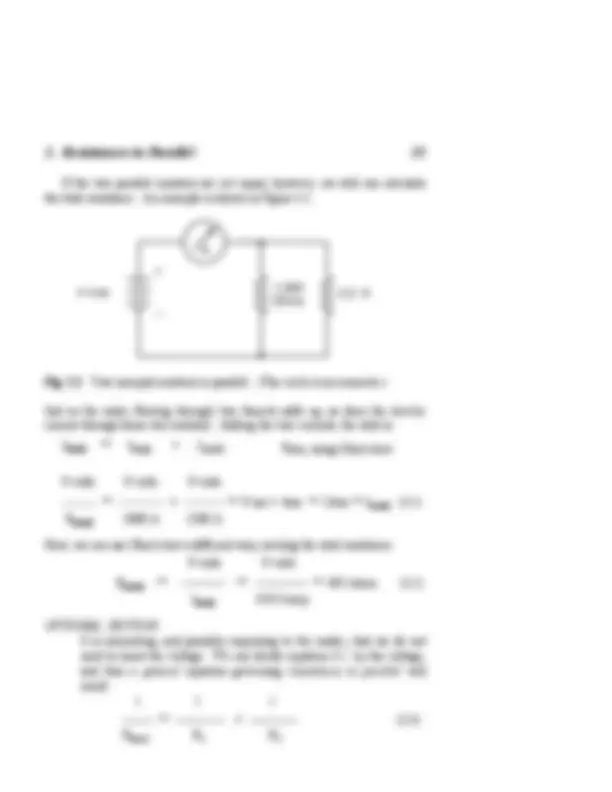
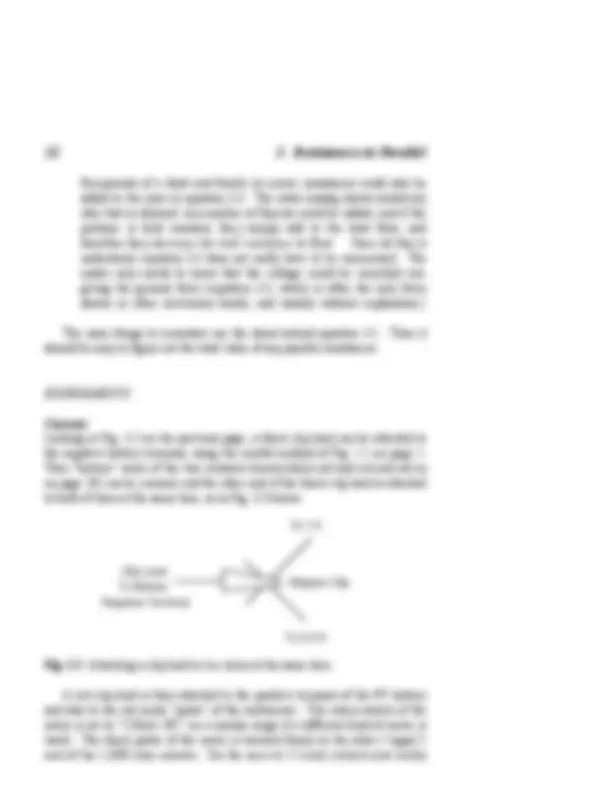
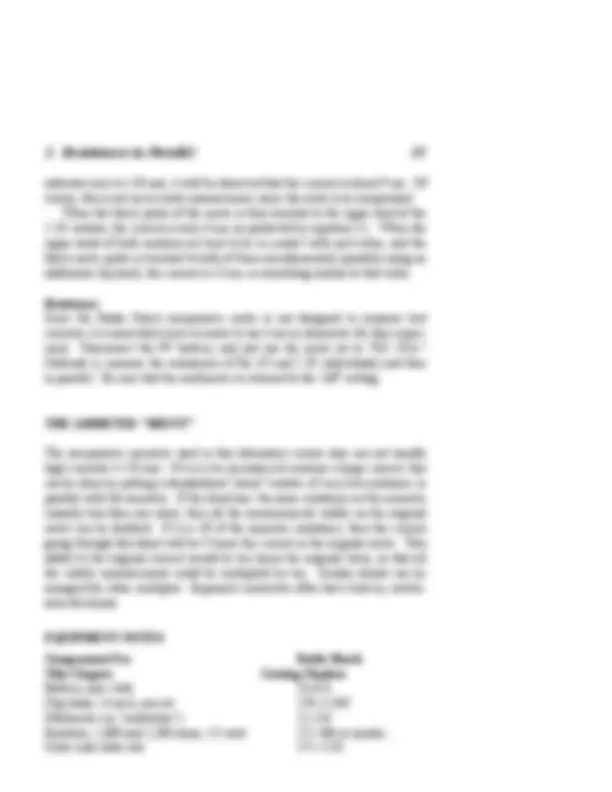
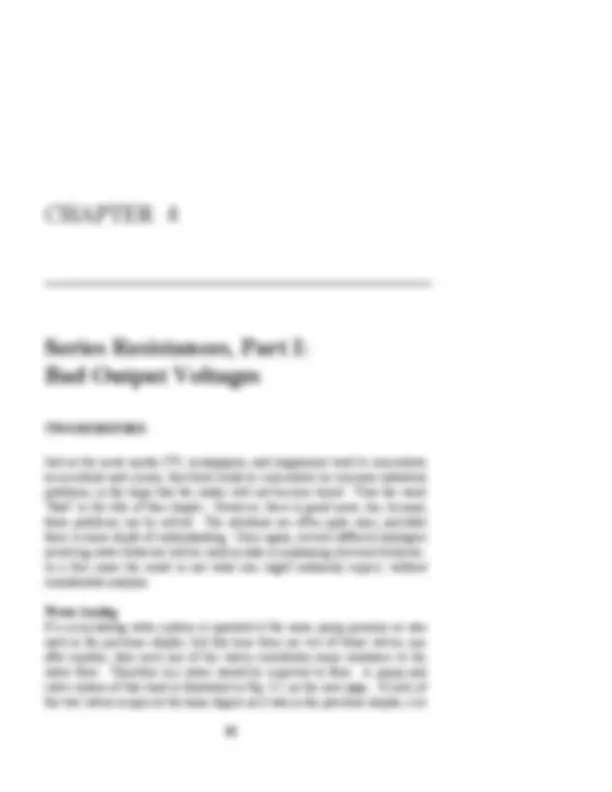
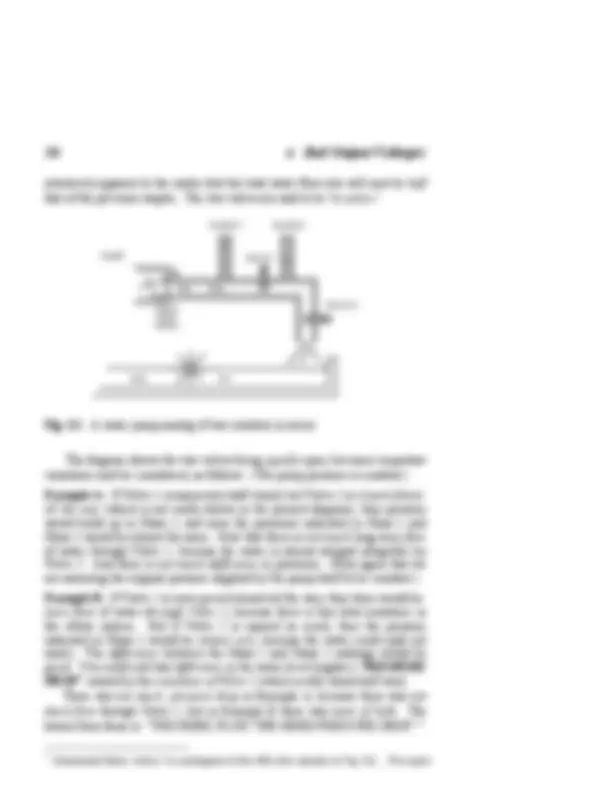
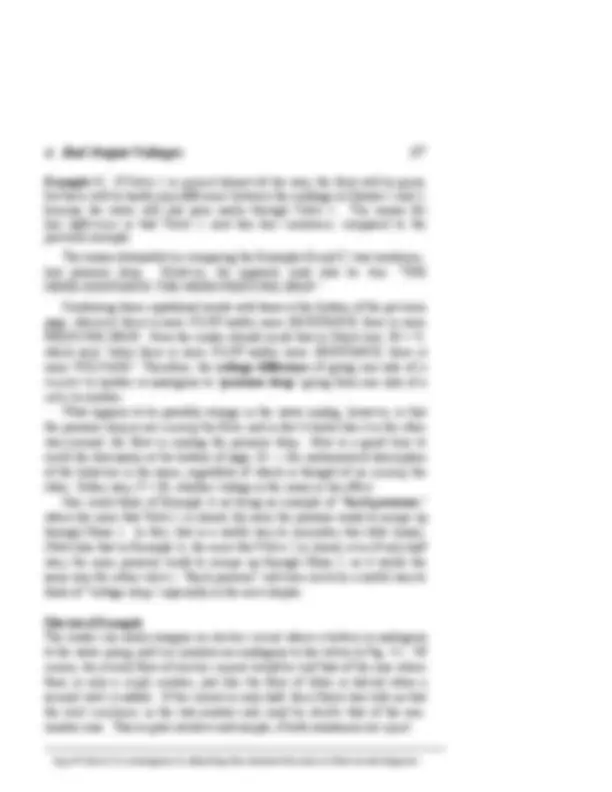
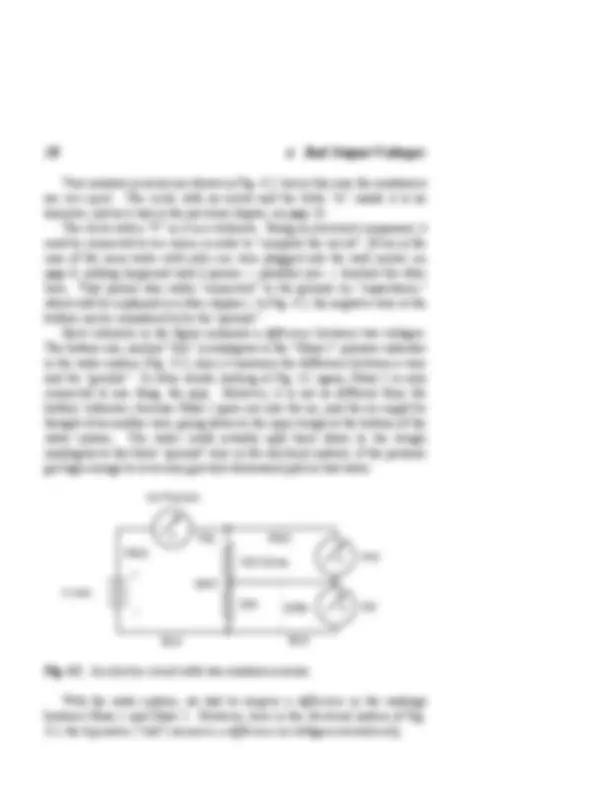
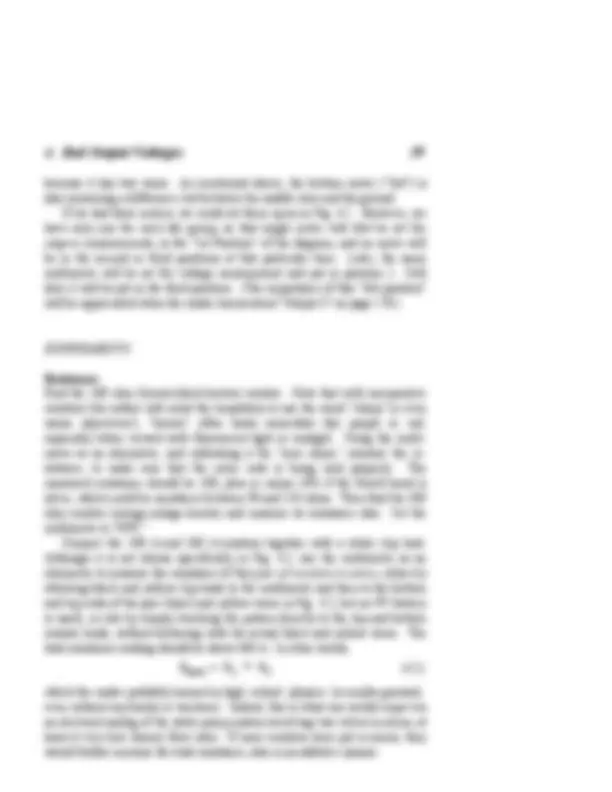
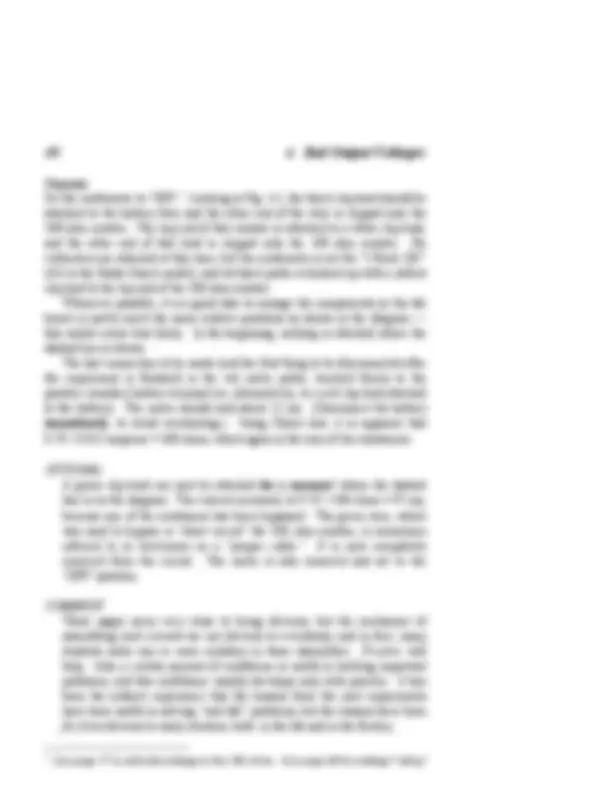
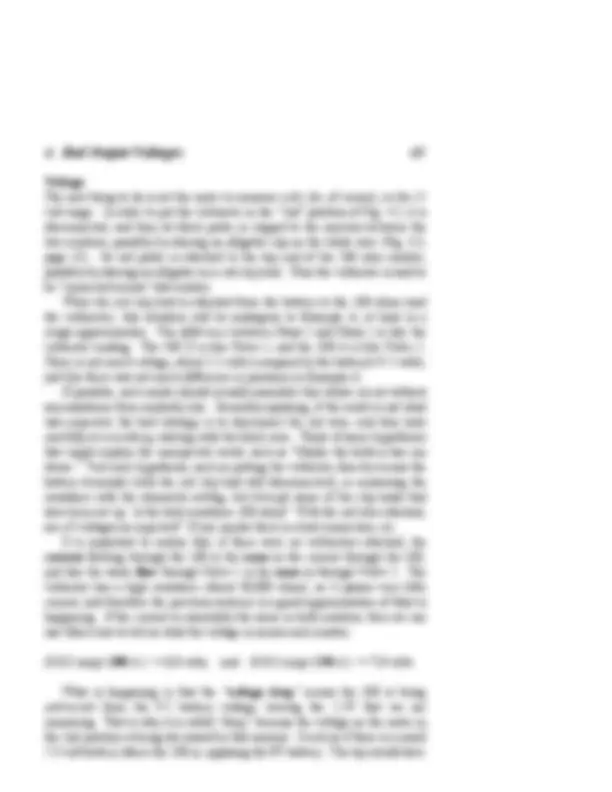
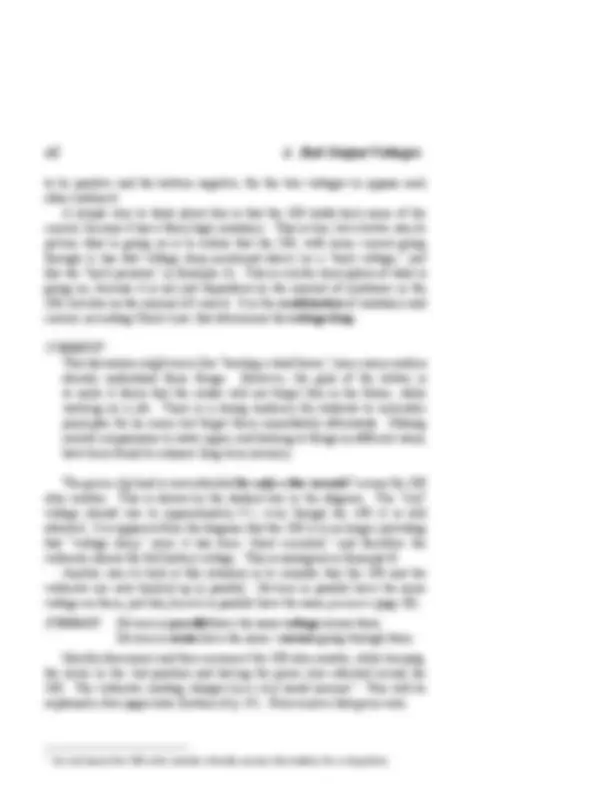
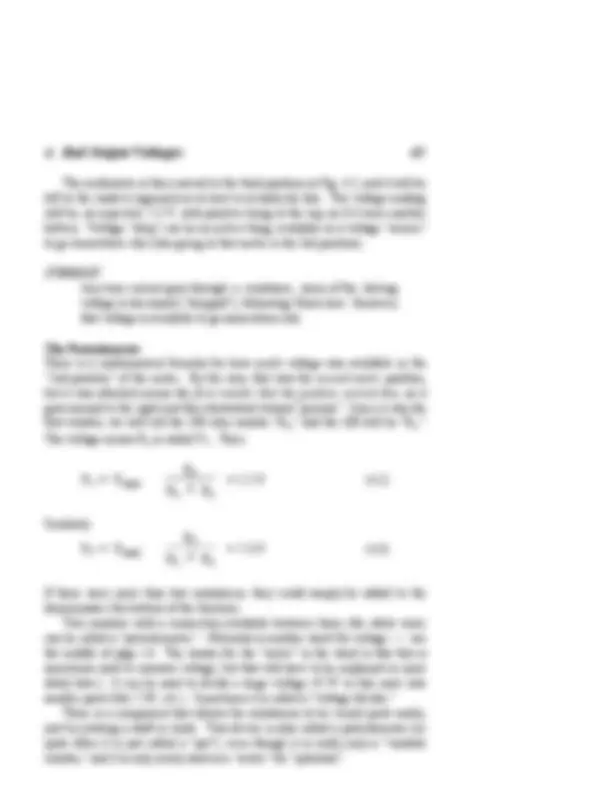
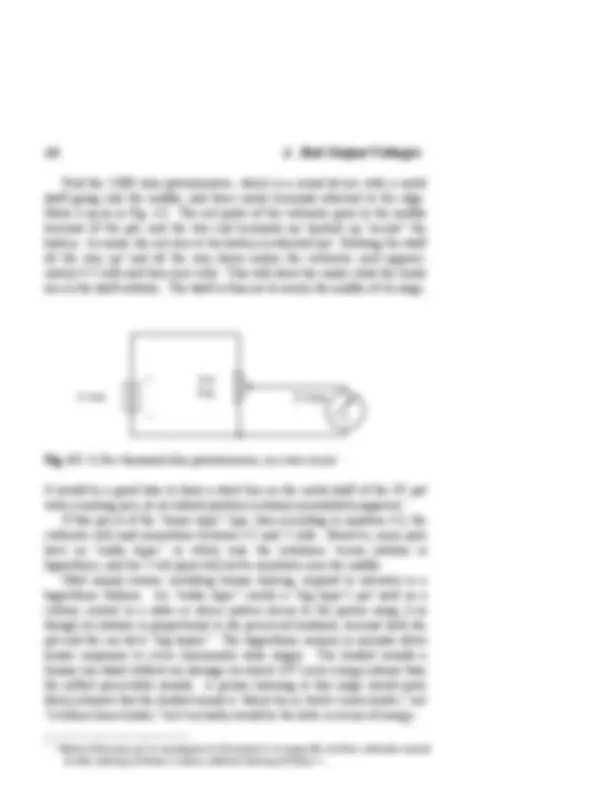
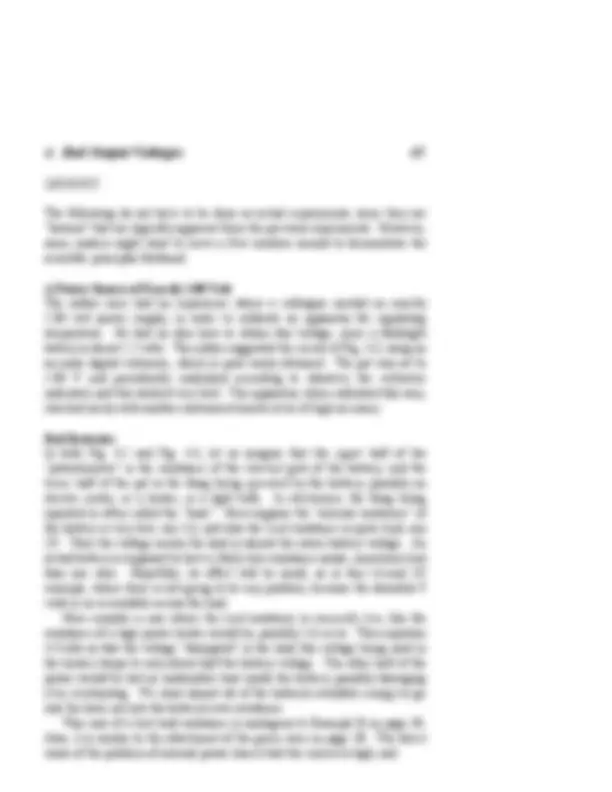
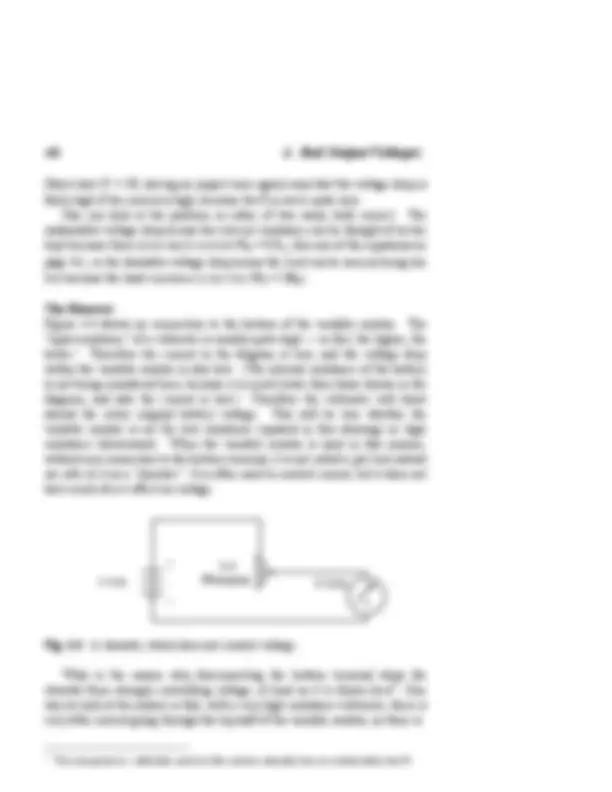
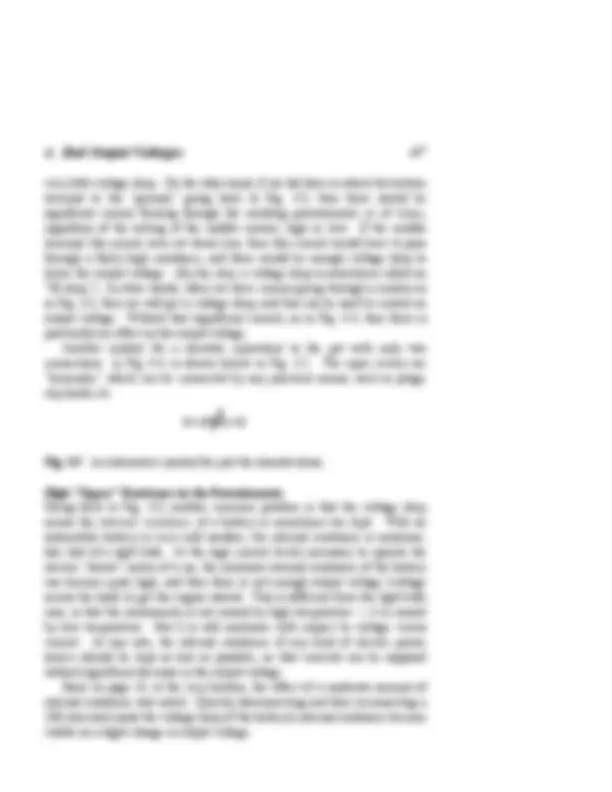
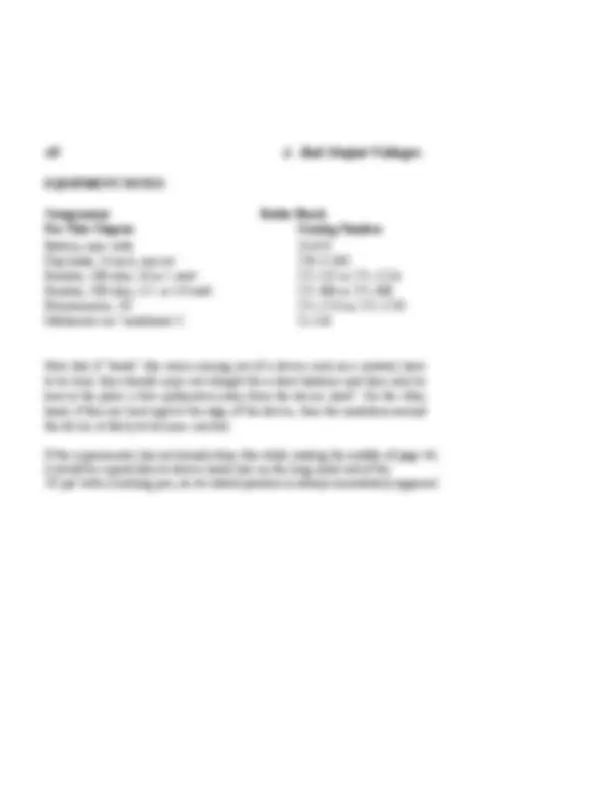
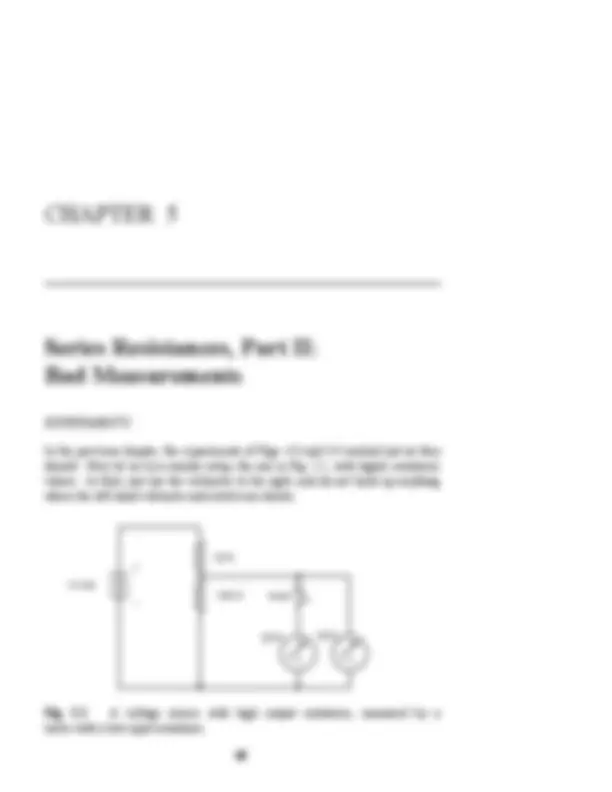
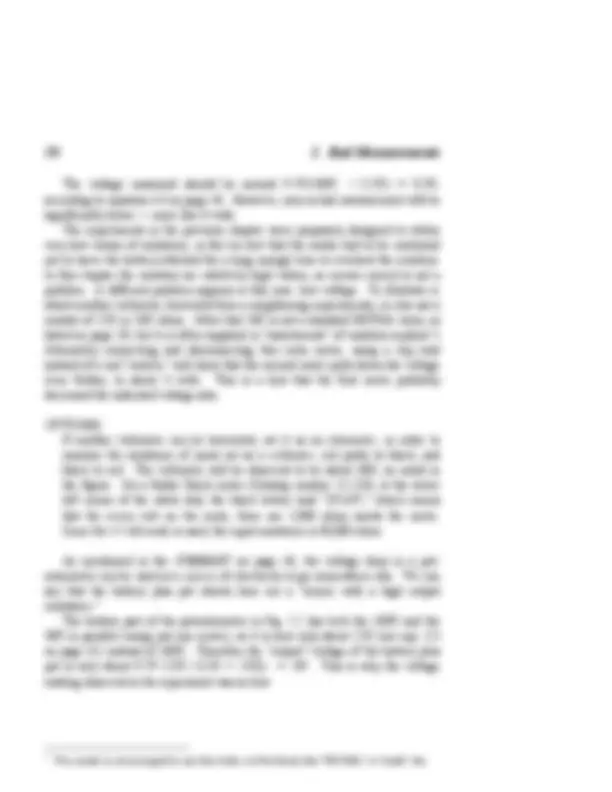
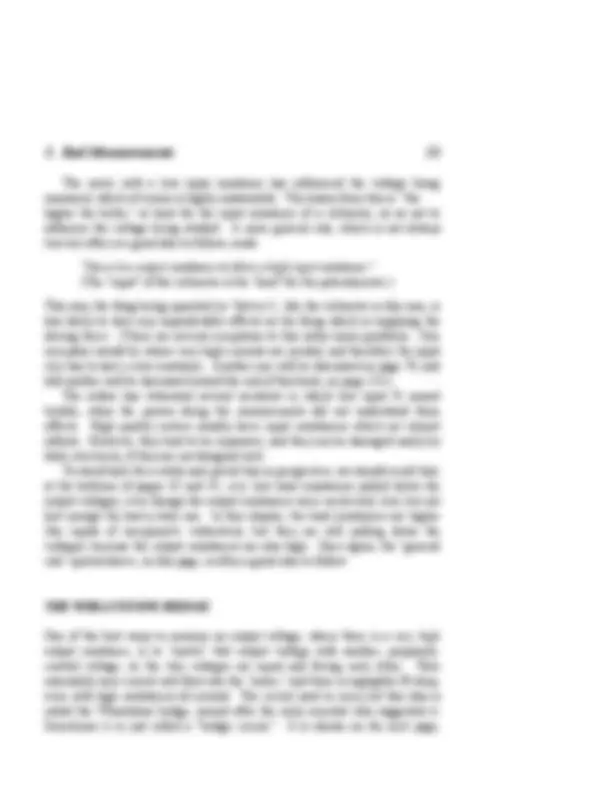
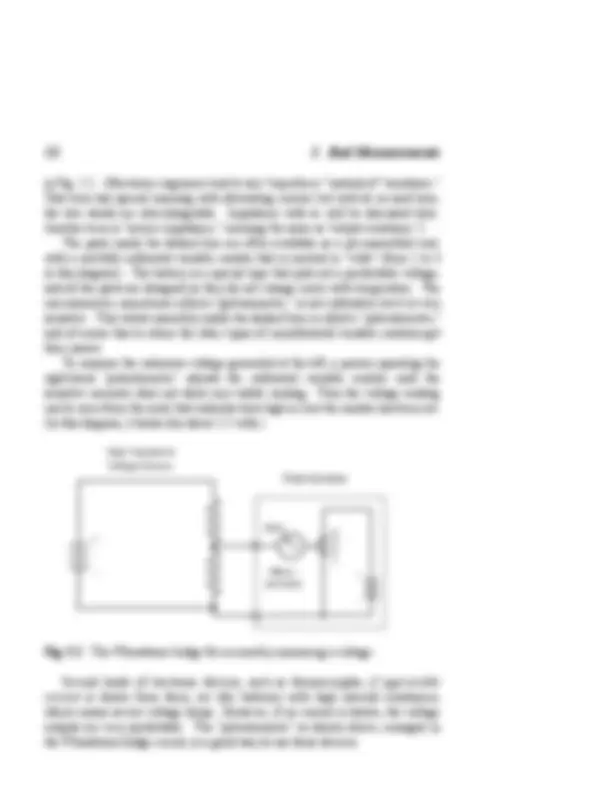
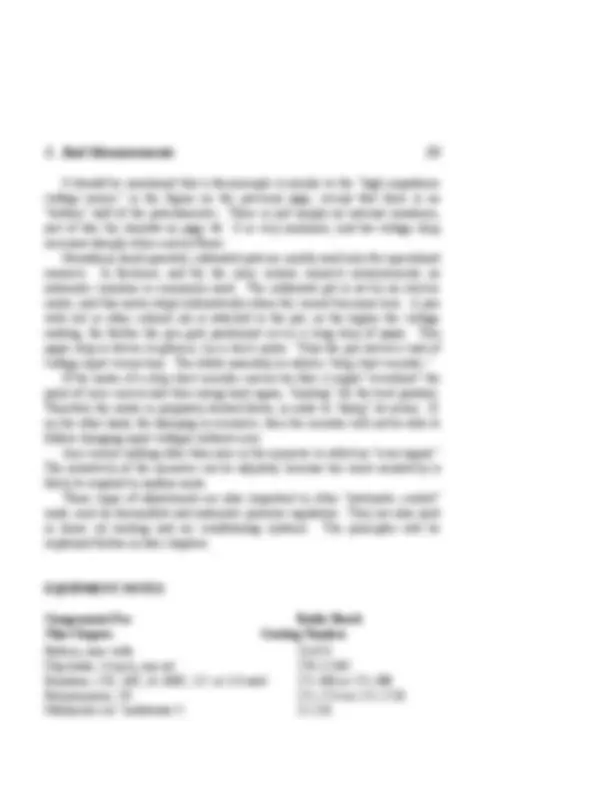
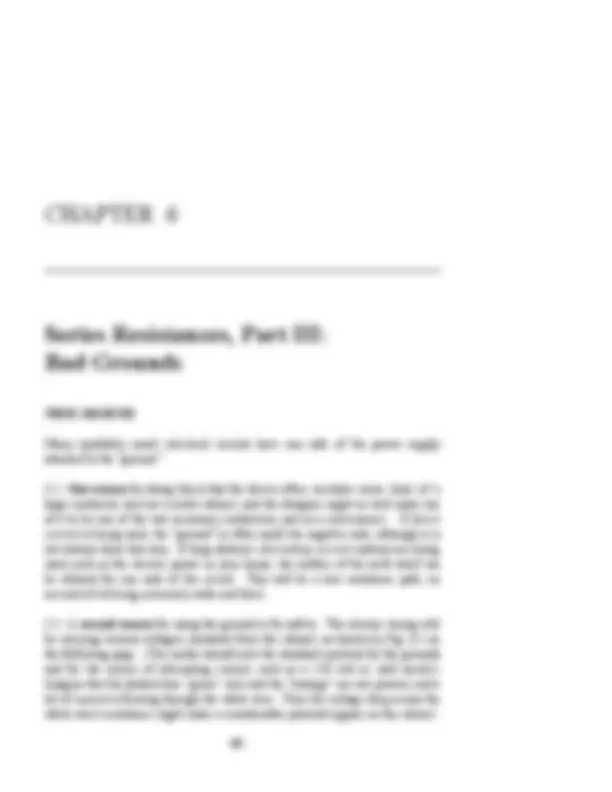
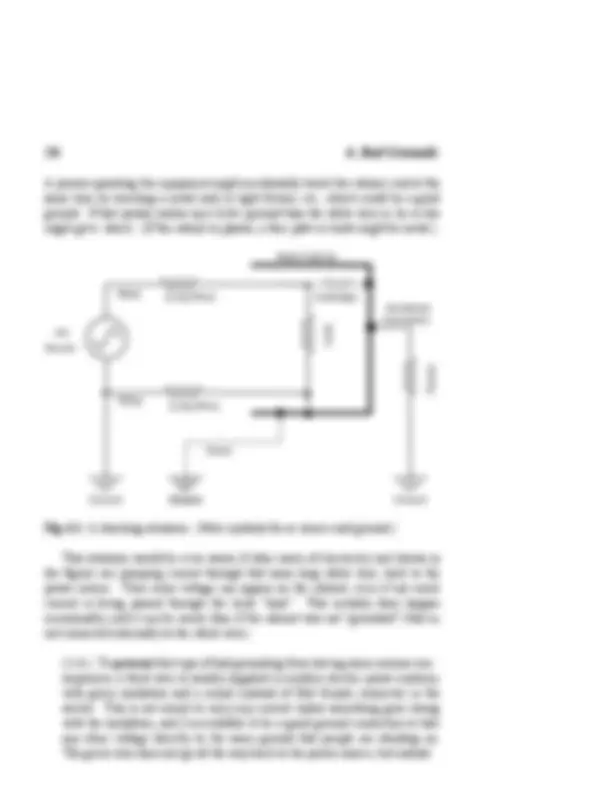
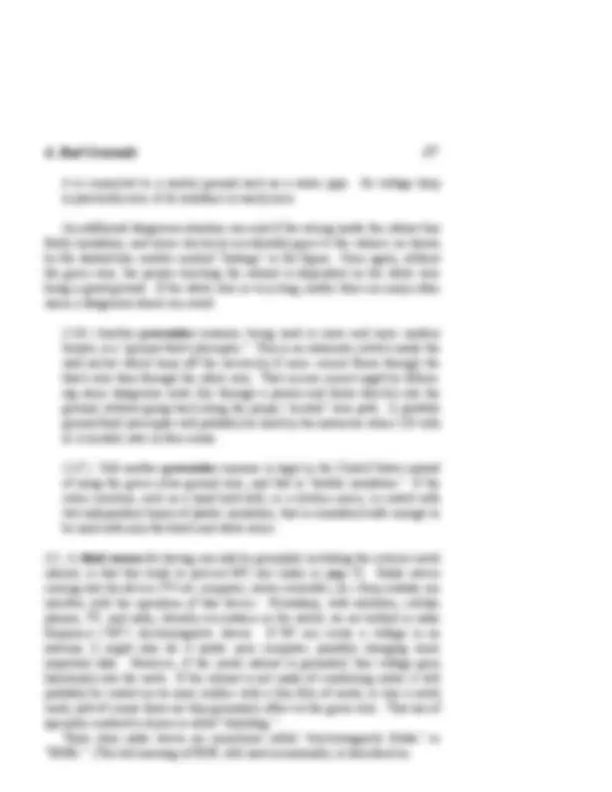
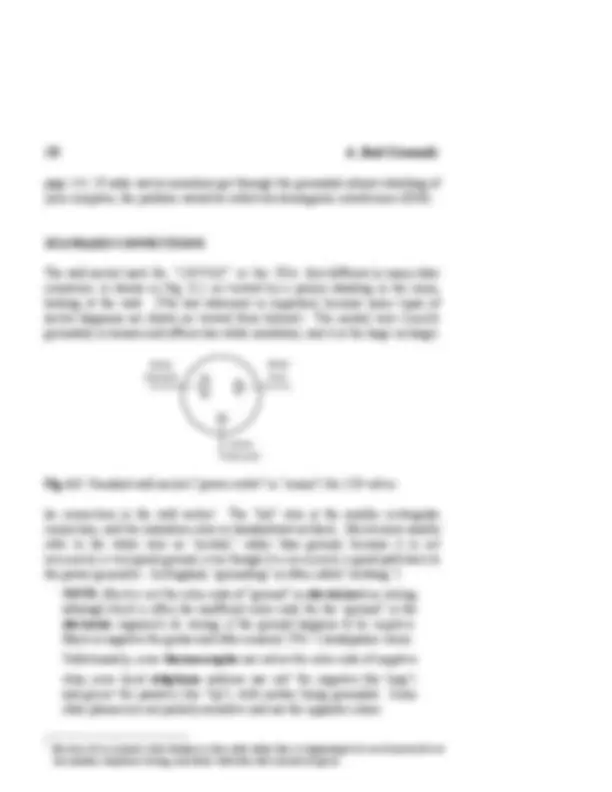
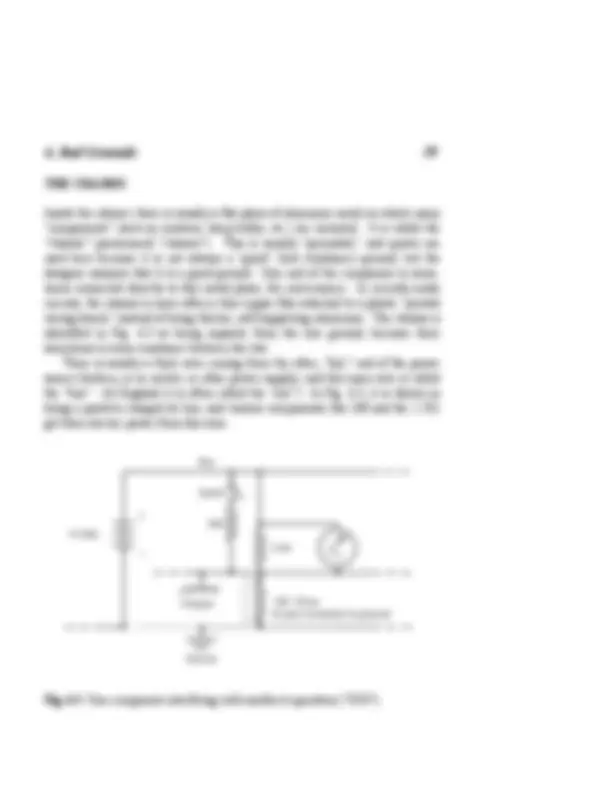
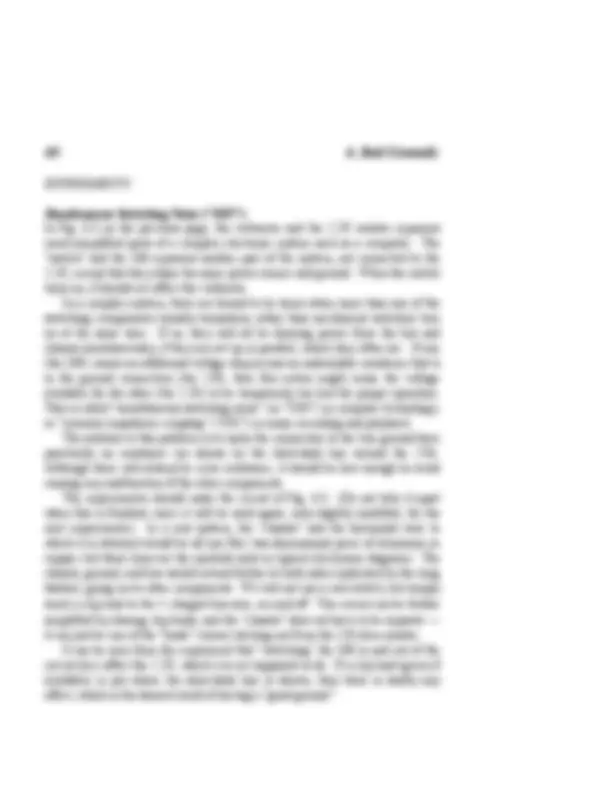
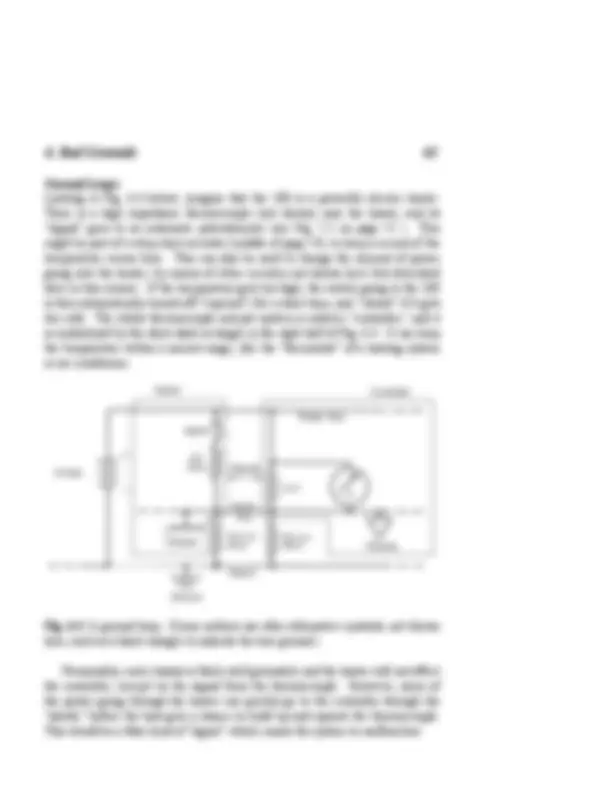
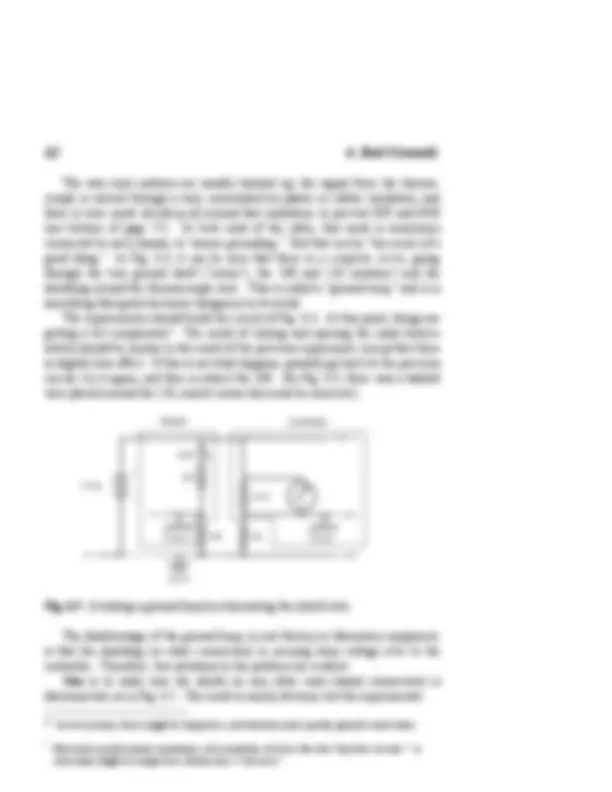
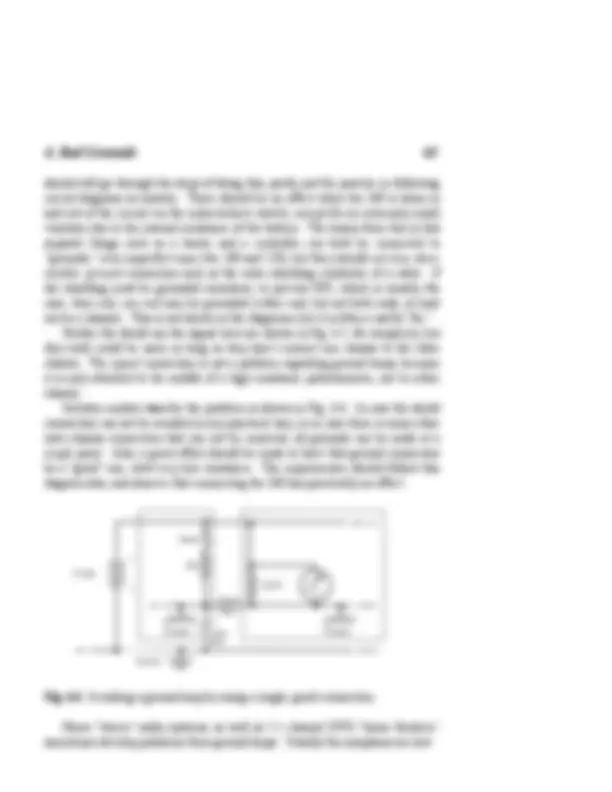
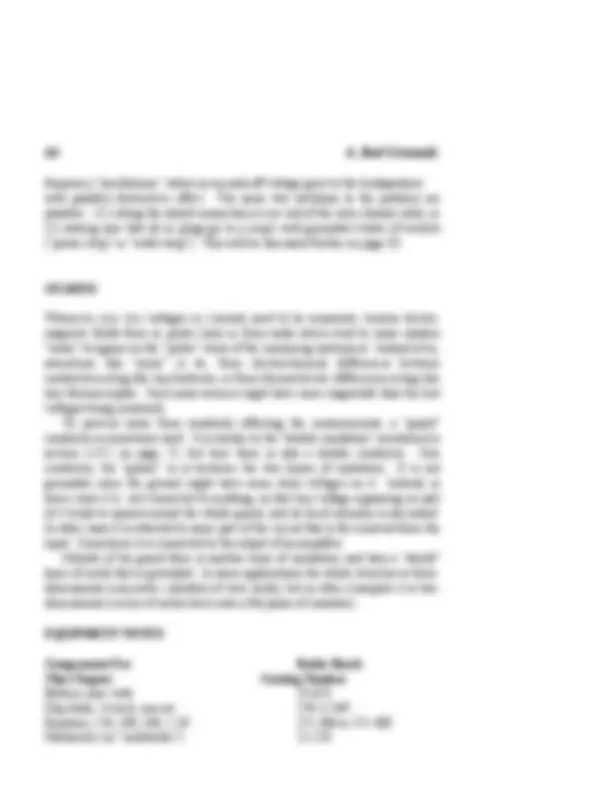
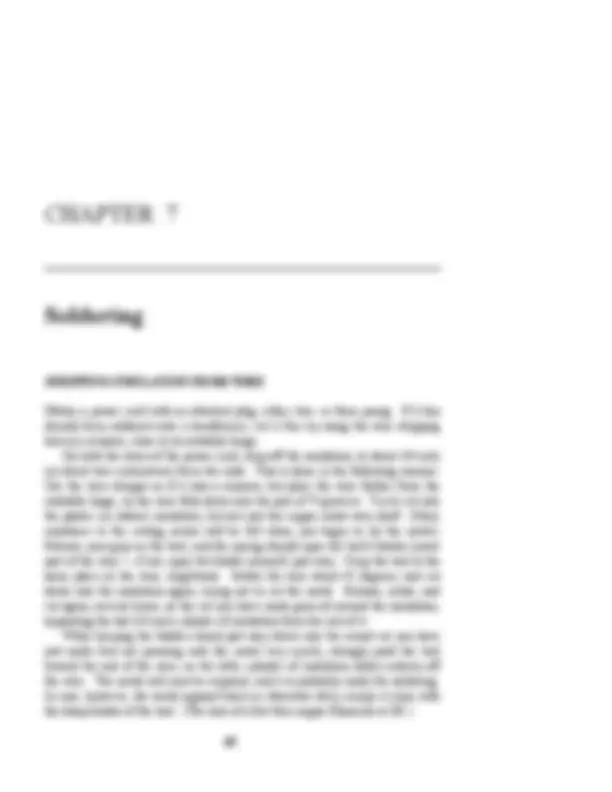
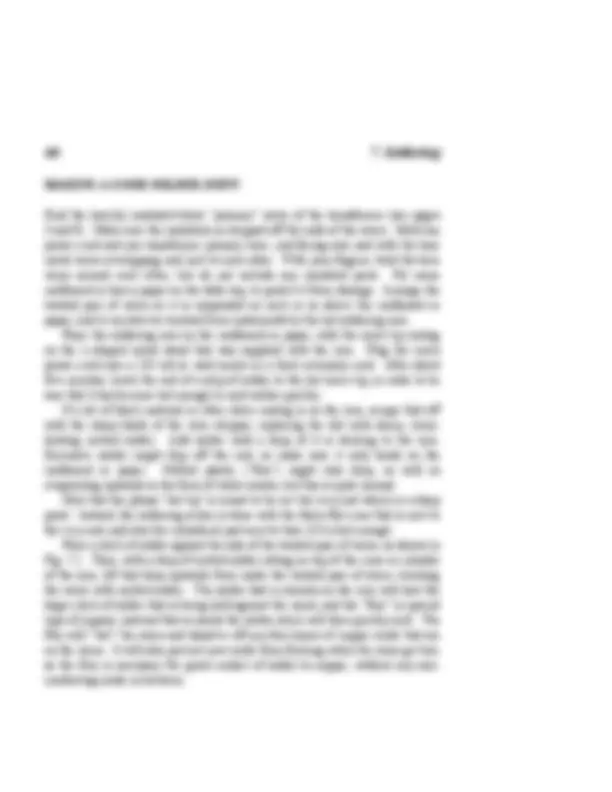
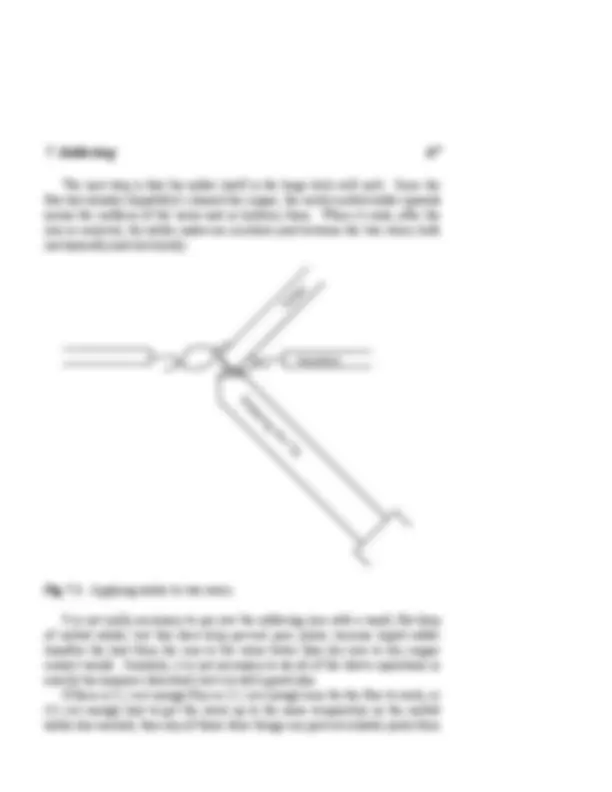
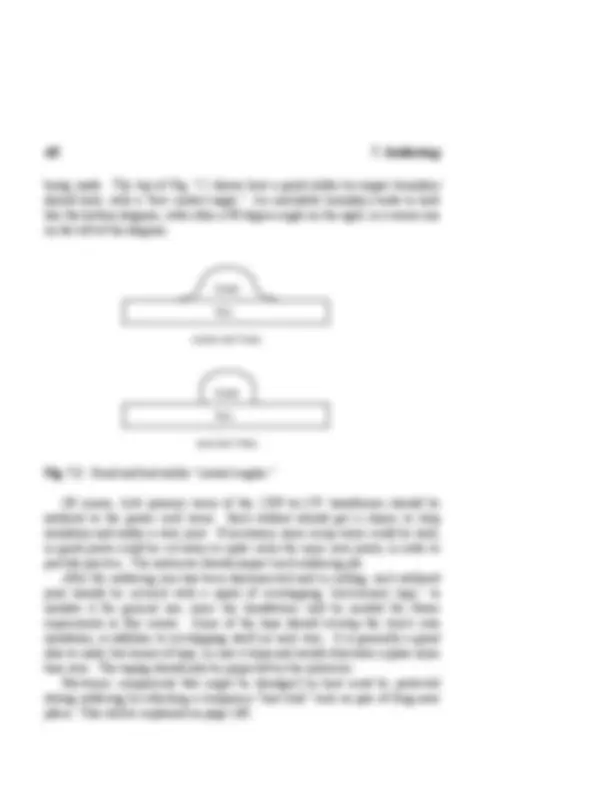
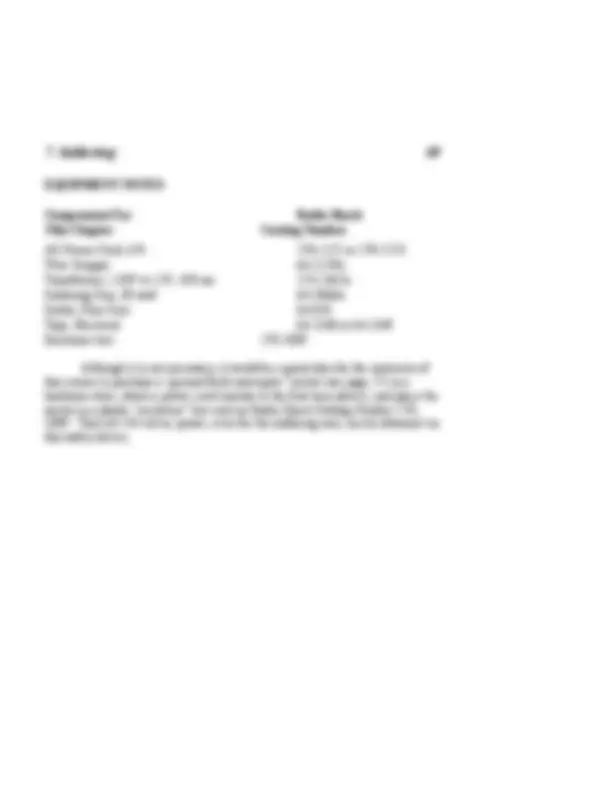
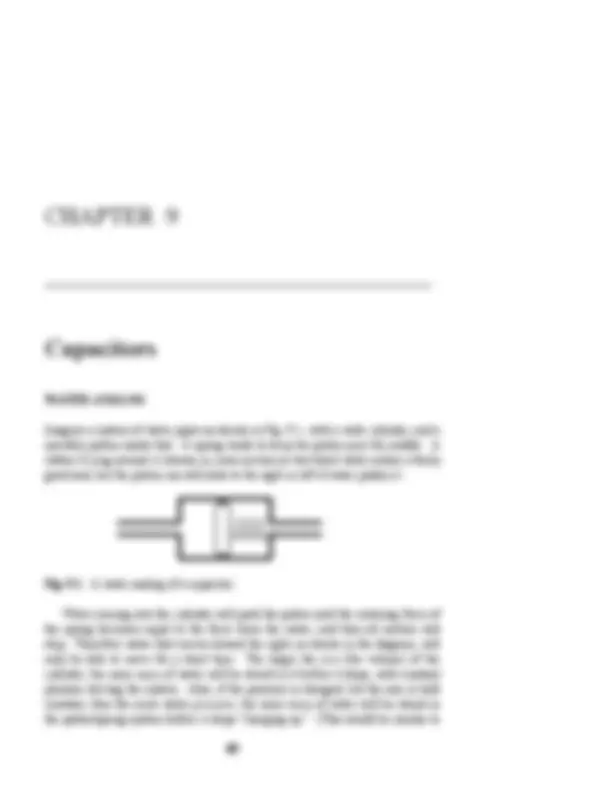
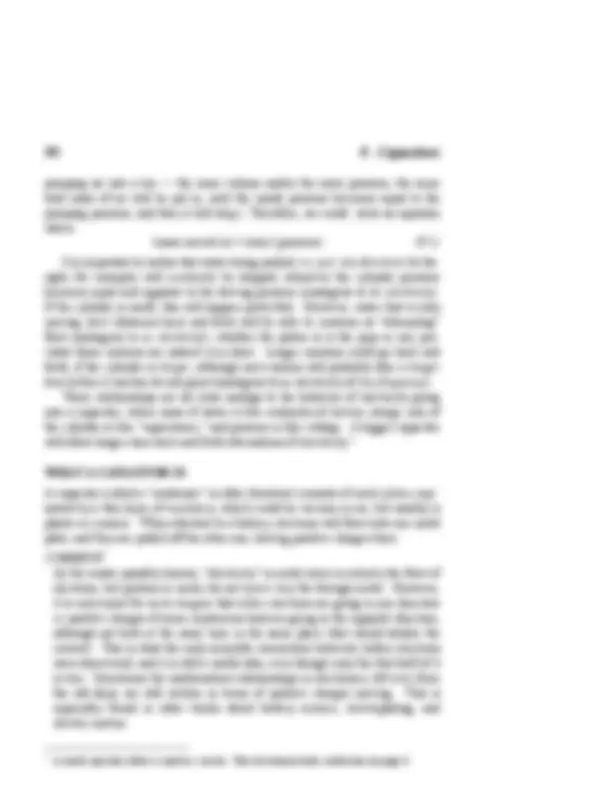
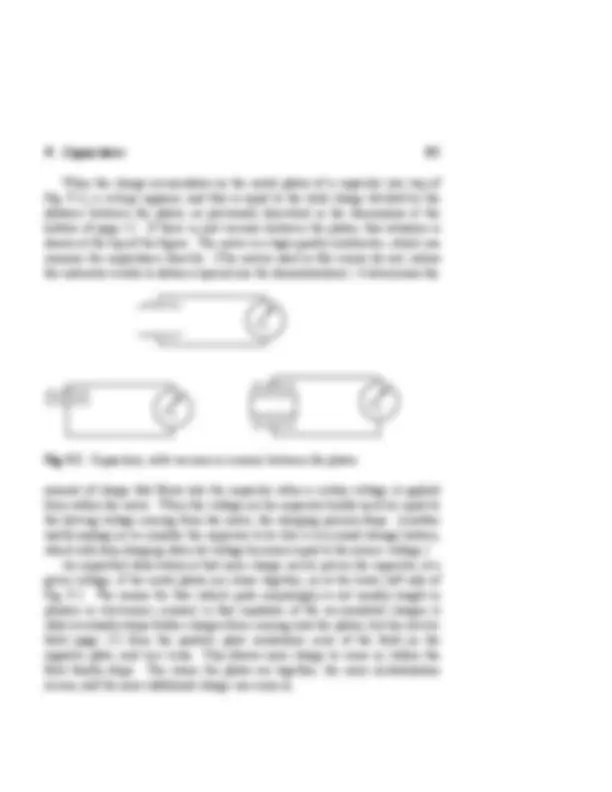
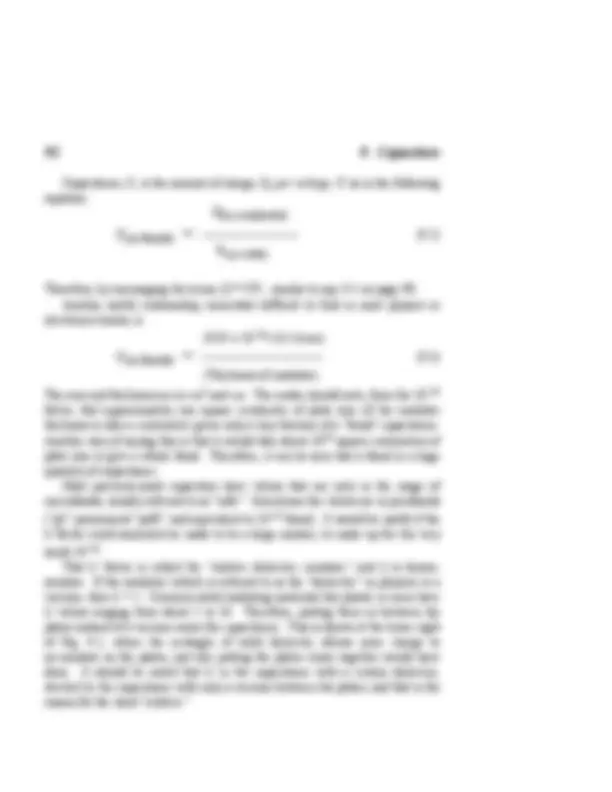
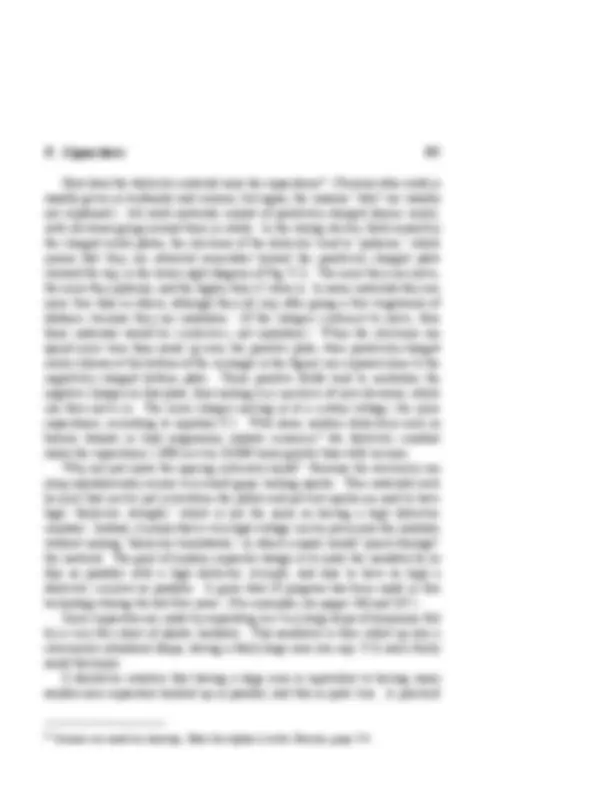
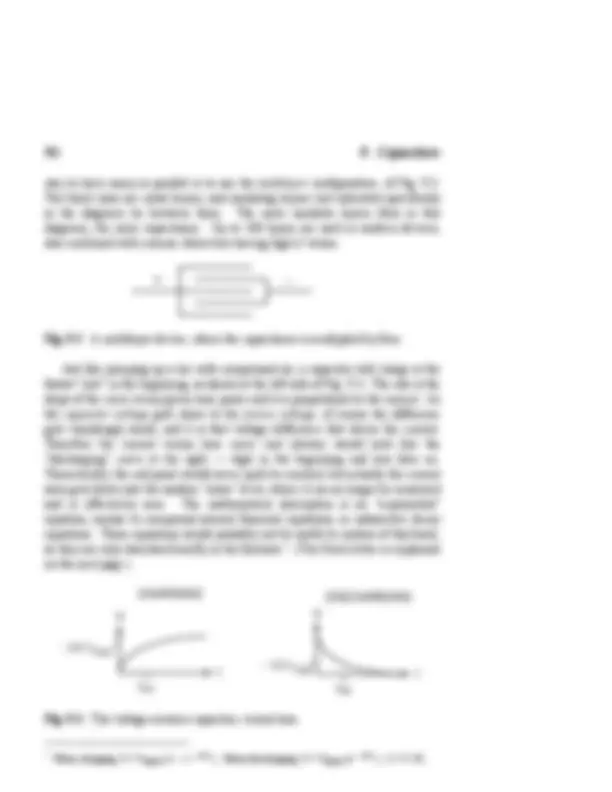
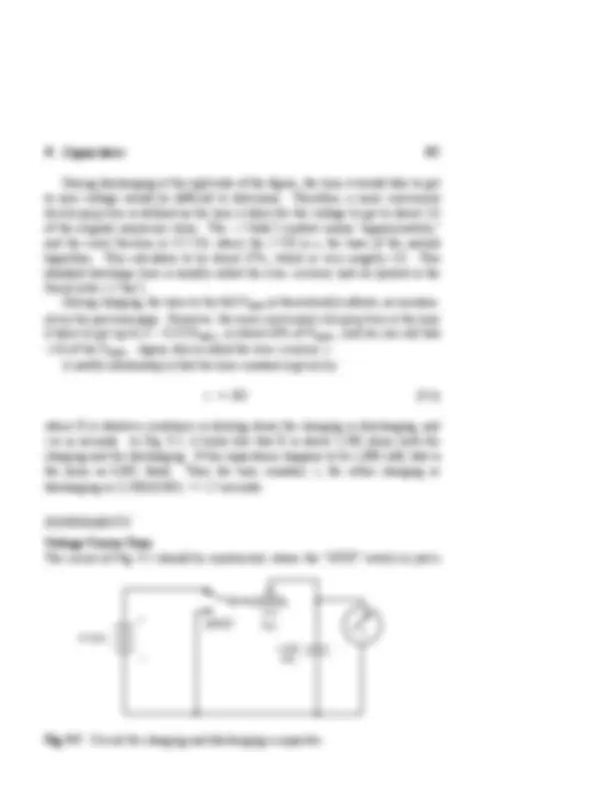
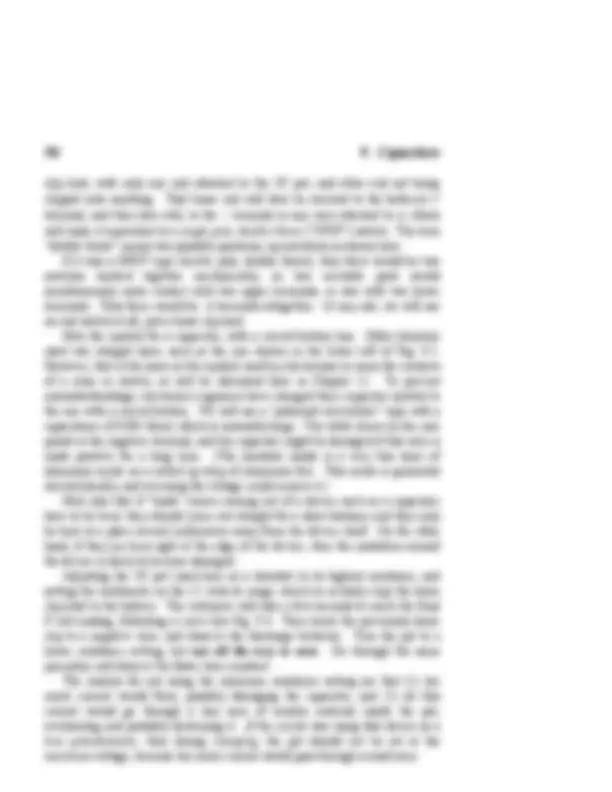
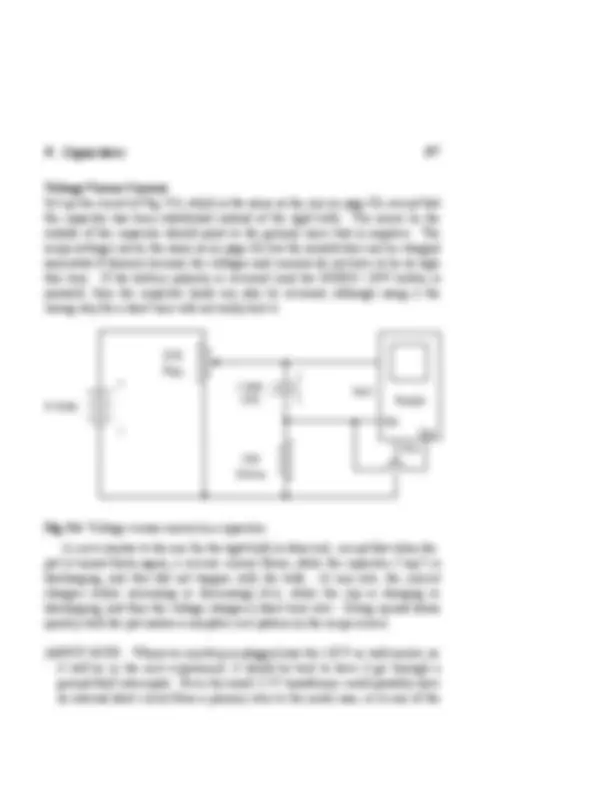
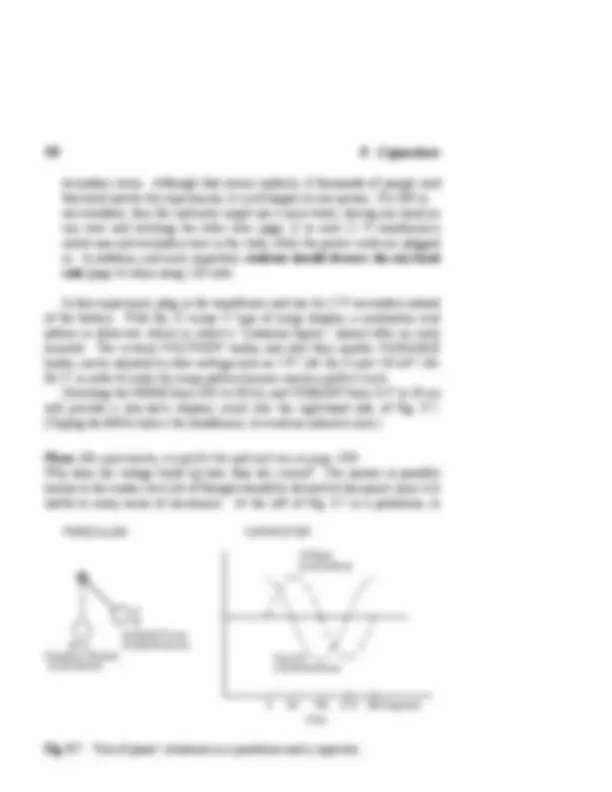
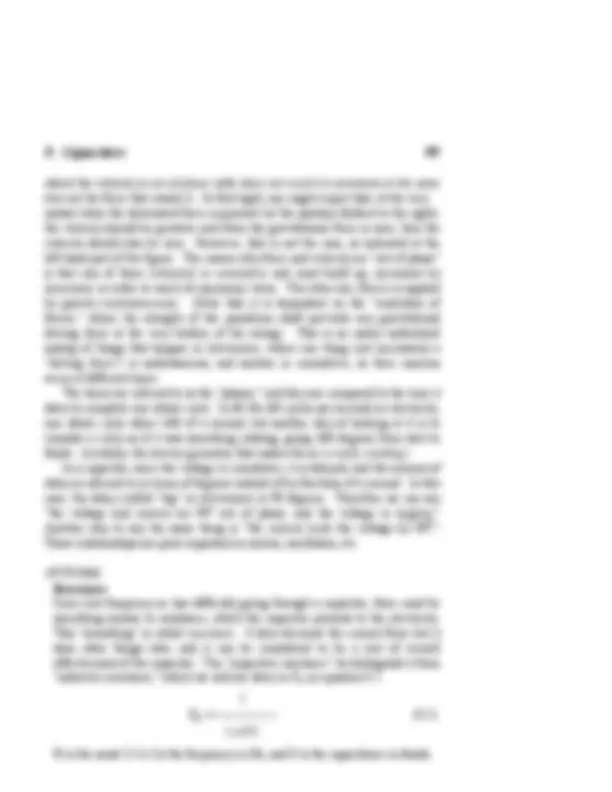
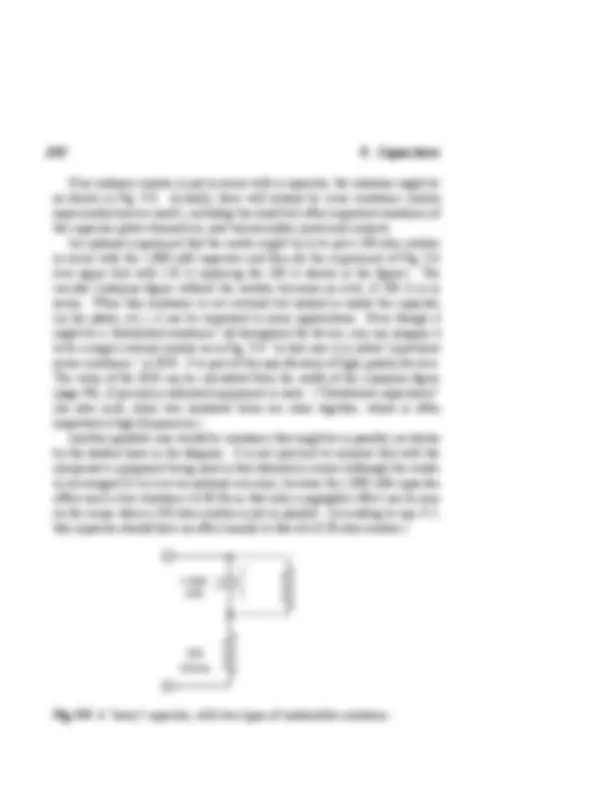
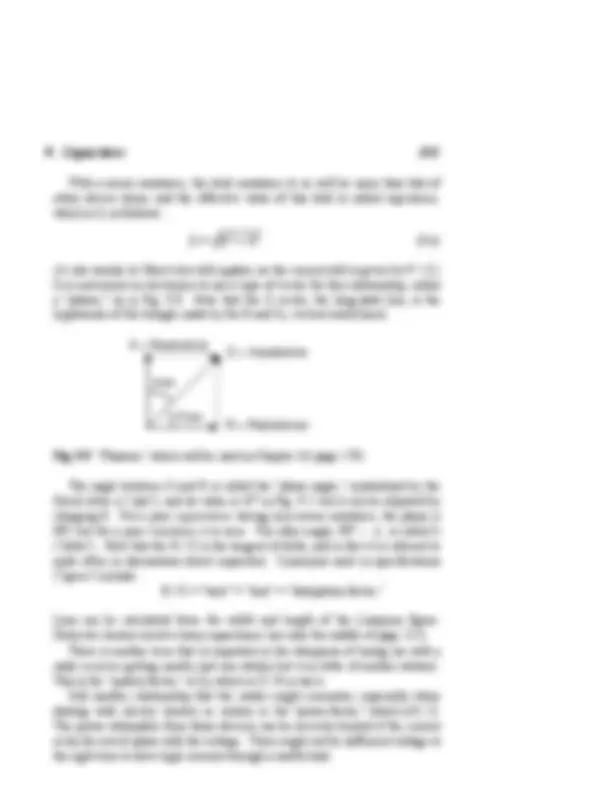
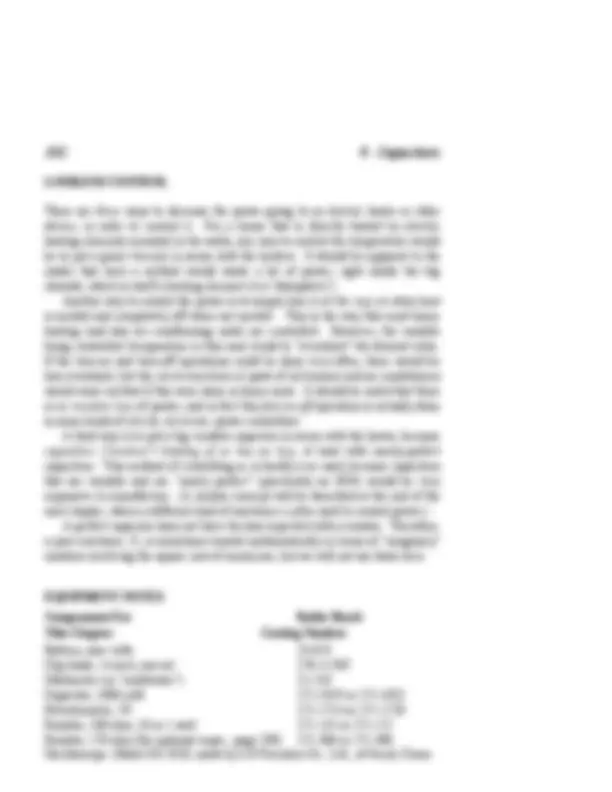

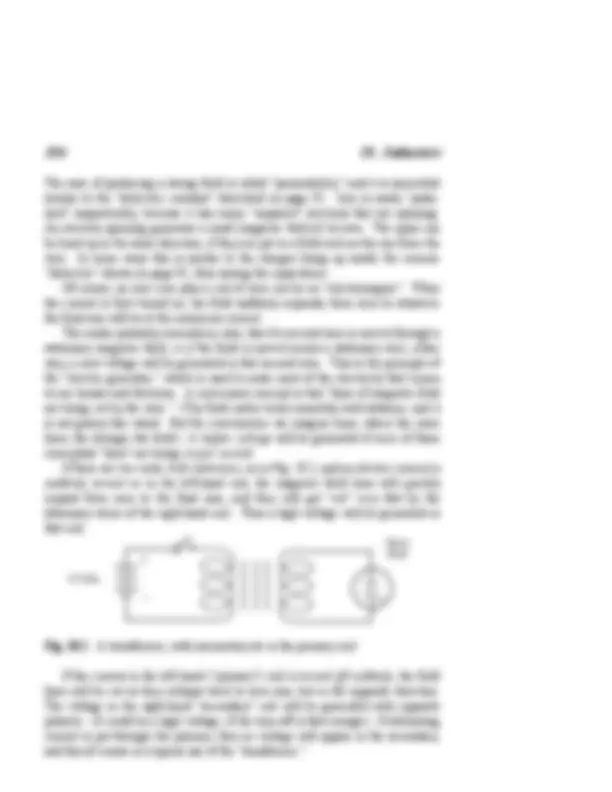
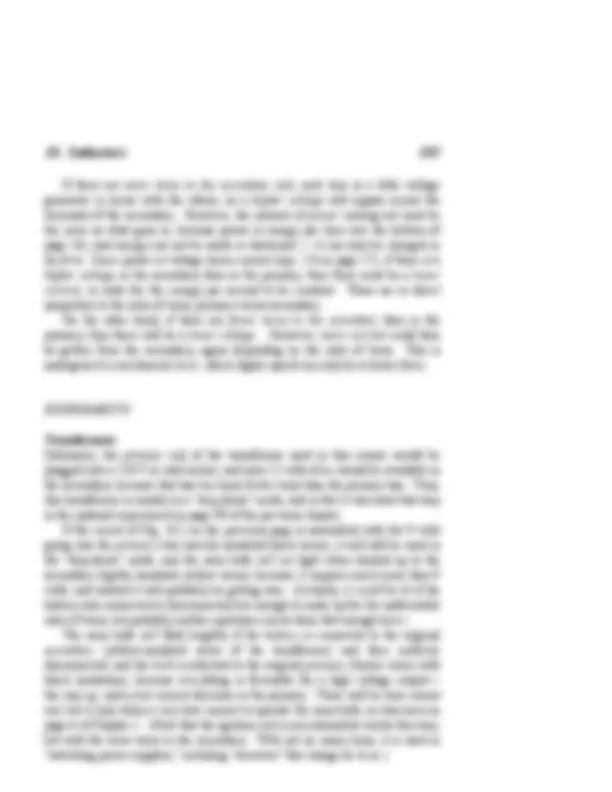


Study with the several resources on Docsity

Earn points by helping other students or get them with a premium plan


Prepare for your exams
Study with the several resources on Docsity

Earn points to download
Earn points by helping other students or get them with a premium plan
Community
Ask the community for help and clear up your study doubts
Discover the best universities in your country according to Docsity users
Free resources
Download our free guides on studying techniques, anxiety management strategies, and thesis advice from Docsity tutors
industrial electronics
Typology: Lecture notes
1 / 301

This page cannot be seen from the preview
Don't miss anything!





























































































Distributed by
www.williamandrew.com
The use of minimal equipment, in addition to needing less investment of money and time, has an important advantage: the function of every component in every circuit can be explained in the text, without taking up too much space in the book. The author has tried to use some other textbooks to teach this type of course, and there were usually a few unexplained "mystery components" in each of the complex circuits being constructed. These mysterious things did not give the students confidence for improvising their own electronic applications in future situations. Also, it limited the instructors to people who were expert enough to answer the students' questions. Therefore, the present book includes only the types of circuits where it is not necessary to optimize by means of a large number of extra components. In spite of this, it might be surprising to a knowledgeable reader that many of the most important concepts of industrial electronics are actually covered in the book, at least at a simplified but usable level. In the author's experience as a teacher, this is as much as most first year students will be able to remember, several years into the future, unless they take additional courses that repeat some of the material. With the above comments in mind, it should be apparent that this course only barely touches upon the advanced concepts of electrical engineering. It does not provide much direct training for specialists in electronic design. However, former students have told the author that this course gave them enough information so that, when working on their new jobs, they were able to devise useful circuits, use oscilloscopes, etc., and thus solve various problems. Some of the topics covered in the book might be difficult to find in other books, including the avoidance of measurement errors caused by excessively high or low input impedances, reading electrician's (as contrasted to electronic) symbols, understanding the shaded pole ac motor, getting 208 volts from delta or wye three-phase transformers, and optimizing a PID furnace controller. The author has found that people are likely to remember the information for a longer time if they actually do each and every experiment with their own hands, including starting from the beginning with the oscilloscope, without much help from partners. There seems to be a hand-to-brain linkage of some kind in learning engineering subjects. Also it builds confidence to occasionally make wiring mistakes, and to learn the procedures for finding them and correcting them, without needing outside aid. If laboratory funding is not available, a useful alternative is to use the book as a special reading assignment for an existing course, without experiments or lectures, because the book is self-explanatory. A short examination could be given, and grades might even be limited to pass or fail. Another possibility is to have the reading be done during the summer vacation period.
A teaching strategy that appears often in this book is the use of analogs. Readers almost always have a natural feeling for the way water would flow in a wide pipe versus the flow through a narrow pipe, and this is used in the book as an analogous illustration of the flow of electricity in good conductors versus resistors. Water analogs are also called upon to explain the mathematical formula for electrical resistors in parallel and other concepts throughout the book. Some of the author's students of ten years ago, including E.E. and physics majors, have recently reported that these analogs helped them achieve a deeper understanding of devices such as ZnO varistors, and therefore they still remembered the electrical behavior (V versus I diagrams) very clearly. Modern technological jobs require an increasing amount of theoretical knowledge, and therefore many engineering colleges have been eliminating laboratory courses, in order to leave time for the teaching of more theory. Also, the vastly increased complexity of modern electronic equipment can make lab courses too expensive, unless computers are used for simulation instead of making the real, handmade, hard-wired circuits. At the same time, the old hobbies of repairing automobiles and building electronic kits that previously provided much of this experience have largely disappeared. Because of these trends, industry supervisors have begun complaining to professors that the recent graduates no longer have firsthand experience with such things as soldering or a high impedance voltmeter, let alone an oscillo- scope. If they try to wire a circuit and make a mistake, they have no idea how to find this error and make their own corrections. They do not have the confidence to improvise new circuits, even simple ones, for such things as amplifying signals from sensors. Nowadays these basic skills must be learned, sometimes inefficiently for a year or more on the job, before many new employees become productive. The author grew up in the days of do-it-yourself crystal radios and the later hi-fi stereo kits, kept pace with new developments, and in fact innovated a small amount of the new electronic technology now being used worldwide. While working for several decades in the factories and laboratories of AT&T and Lucent Technologies, he was often asked to help solve problems simply because of that previous experience. This book is an attempt to share such knowledge with a widely varying audience, in a simplified format. It is hoped that the use of this book might increase the productivity of many types of workers in science and engineering.
RUTGERS UNIVERSITY
Diode, silicon, 1N914, glass package (two each) 276-1620 or 276- Diode, Zener, 6V, 1N4735, 1W 276-561 or 276- Diac ("bidirectional switch"), 6 volts 900-3156 or 900 3157 ***** Triac, 400V 276- Cooling fan, 3 inch, 120VAC 273-242 or similar Piezo transducer 273-073A or 273- Loudspeaker 40-252 or 40- Transistor, PNP 276-1604 or 276-
Transistor, NPN (two each) †^ 276-1617 or 276- Darlington pair, NPN 276- Power MOSFET, N-channel transistor 276-2072A Static control wrist strap 276-2397A Capacitor, electrolytic, 1000 mfd (two each) 272-1019 or 272- Capacitor, electrolytic, 4.7 mfd (two each) 271- Capacitor, 0.1 mfd (two each) 272-1053 or similar Capacitor, 0.01 mfd (two each) 272-1065 or 272- Infrared detector diode 276-142 or 277- Infrared sensor 276- Experimenter socket (breadboard) 276-175 or 174 or 169 Jumper wire kit 176-173 or rsu11642238* Low current red LED 276- Mini-Lamp, 25 ma (tungsten) 272-1139A Silicon solar cell, 275 ma 276-124 or RSU 11903101 Magnifying glass 63-848 or 63- LM386N operational amplifier IC 276- Joystick, Avenger 700 26- IBM-compatible computer
subsidiary, RadioShack.com, P. O. Box 1981, Fort Worth, TX 76101-1981, phone 1(800) 442-7221 , e-mail commsales@radioshack.com, website www.radioshack.com.
† (^) Several extra units should be made available, because they are easily damaged.
†† (^) NOTE: It would be a good idea to draw a short line on the metal shaft of the
5K pot with a marking pen, so its rotated position is always apparent.
Although it is not necessary, it would be a good idea for the instructor of this course to purchase a "ground fault interrupter" (see page 57 and index) in a hardware store, attach a power cord (similar to the item above), and place it and its socket in a plastic "enclosure" box such as Radio Shack Catalog Number 270-1809. Then all 120 volt ac power, even for the soldering iron, can be obtained via this safety device.
Much more can be learned about many of the topics in this book by looking them up in the book listed on page 10.
Before beginning the experiments, a few procedural things have to be covered. The source of electricity will be a 9 volt battery, and the connections will be made through clip leads. (The latter word is pronounced "leed," not "led" like lead metal would be.) In supply catalogs, the clip leads are sometimes described by other phrases such as "test leads," "jumper cables," or "patch cords." Because of their appearance, the adjustable connectors at the ends are called "alligator clips."
-^ +
BLACK RED
("CLIP LEADS")
WIRES
Figure 1.1 Special arrangement for attaching clips to a 9V battery.
By squeezing the large end of the alligator clip, along with its soft plastic insulator, the small end of the clip will open, and that is then placed on the rim of one circular metal terminal of the battery, and the opening force is then released. While this is quite obvious (almost insultingly so), what is not obvious to many students is that the two metal clips (positive and negative) must be carefully prevented from touching the outer metal casing of the battery, or touching each other. This can best be done by arranging the two clips as symbolized by the black rectangles in Fig. 1.1, although the wires are actually coming out of the page toward you, and not going upwards as shown in the figure. Black wires are usually put on the negative terminal and red on the positive one. If the plastic covering slips off an alligator clip, which does often happen, open the clip as before, and then put your other hand "in the alligator's mouth," which can be done without hurting your fingers by squeezing the imaginary "animal's cheeks" sideways into its "mouth." Holding the clip open in that manner, your first hand can easily slip the plastic back over the large end of the clip. (Students who did not know this trick have been observed by the author to be angrily wrestling with those slippery plastic insulators, eventually giving up, and then letting the clips remain uninsulated.)
Following the circuit diagram of Fig. 1.2, run the battery current through the 120V/12V transformer, using only the "secondary" side. The way to interpret Fig. 1.2 (hopefully not being too obvious) is to attach one end of a black clip lead to the bottom end of the battery as shown in the figure. This is the negative terminal, which is the larger ("female") metal circle on the end of the actual battery, as shown previously in Fig. 1.1. Connect the other end of that same clip lead to either one of the two secondary wires on the transformer, which both have thin yellow plastic insulation on them. Do not use any of the black wires of this transformer, either the thinly insulated "center tap" of the secondary coil or the two thickly insulated black wires of the "primary" coil. (This experiment can be done either with or without a long "power cord" and plug attached to the primary.)
9 Volts
Black
Black
Black
Yellow
Yellow
Red
Black
BATTERY "SWITCH" TRANSFORMER
SECONDARY, PRIMARY, "12 Volts" "120 Volts"
Figure 1.2 Generating a pulse by stopping the current in an inductor.
The reader probably knows from high school science courses that the primary coil of this transformer usually has several hundred "turns" of wire in its coil, although the transformer symbol used in this book only shows 3 turns. The secondary would have only one tenth as many turns, but for simplicity, each of the "windings" is shown here as having 3 turns. In this experiment the windings are not being used as a transformer — we are merely using one part as a simple inductor. Negative wires are often considered to be "grounds," even though this one is not actually connected to the true ground. It is usually best to be consistent and have black or green colored wires be the negative ground connections, in order to avoid mistakes. It is also best to make all the ground connections first,